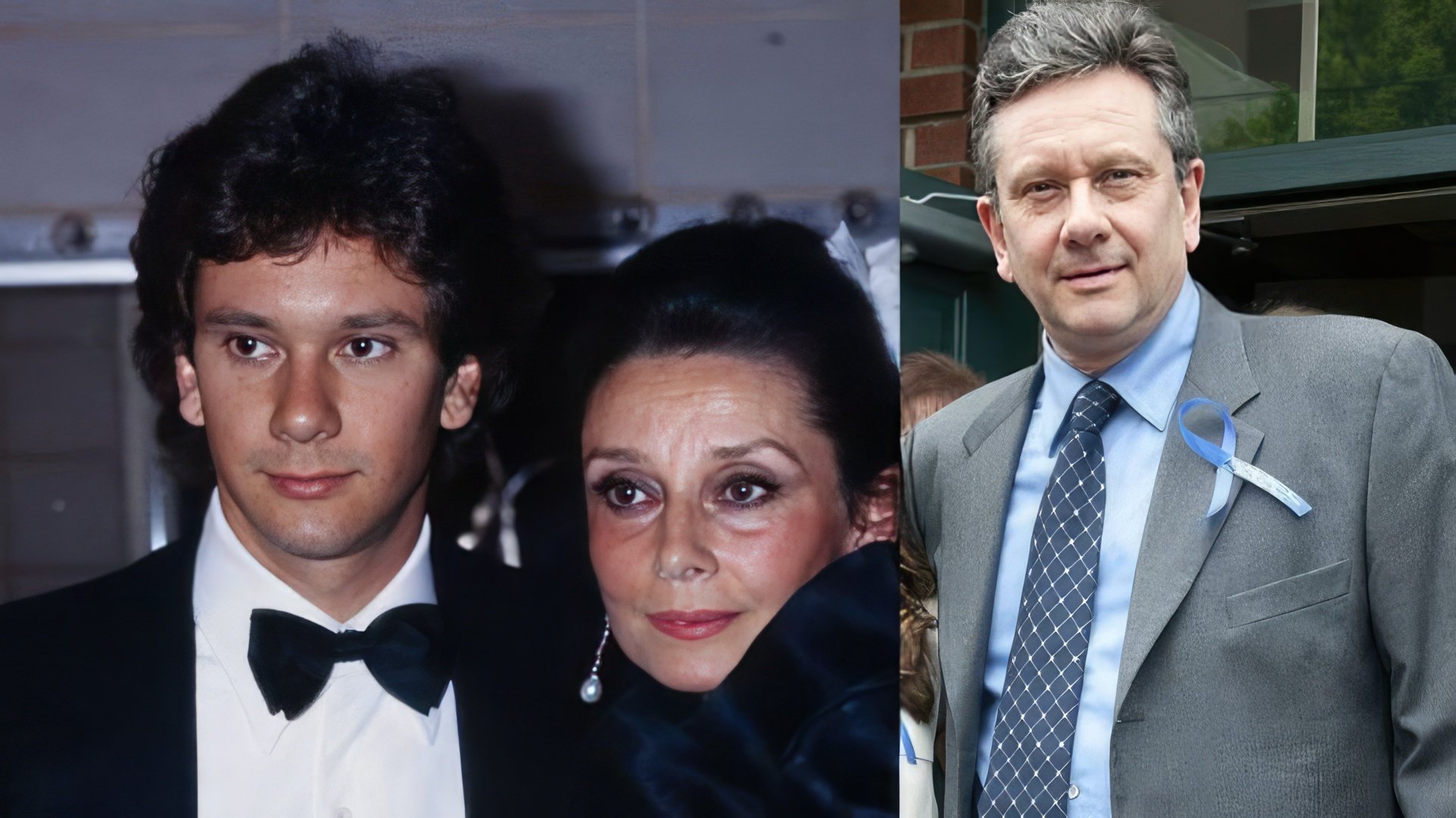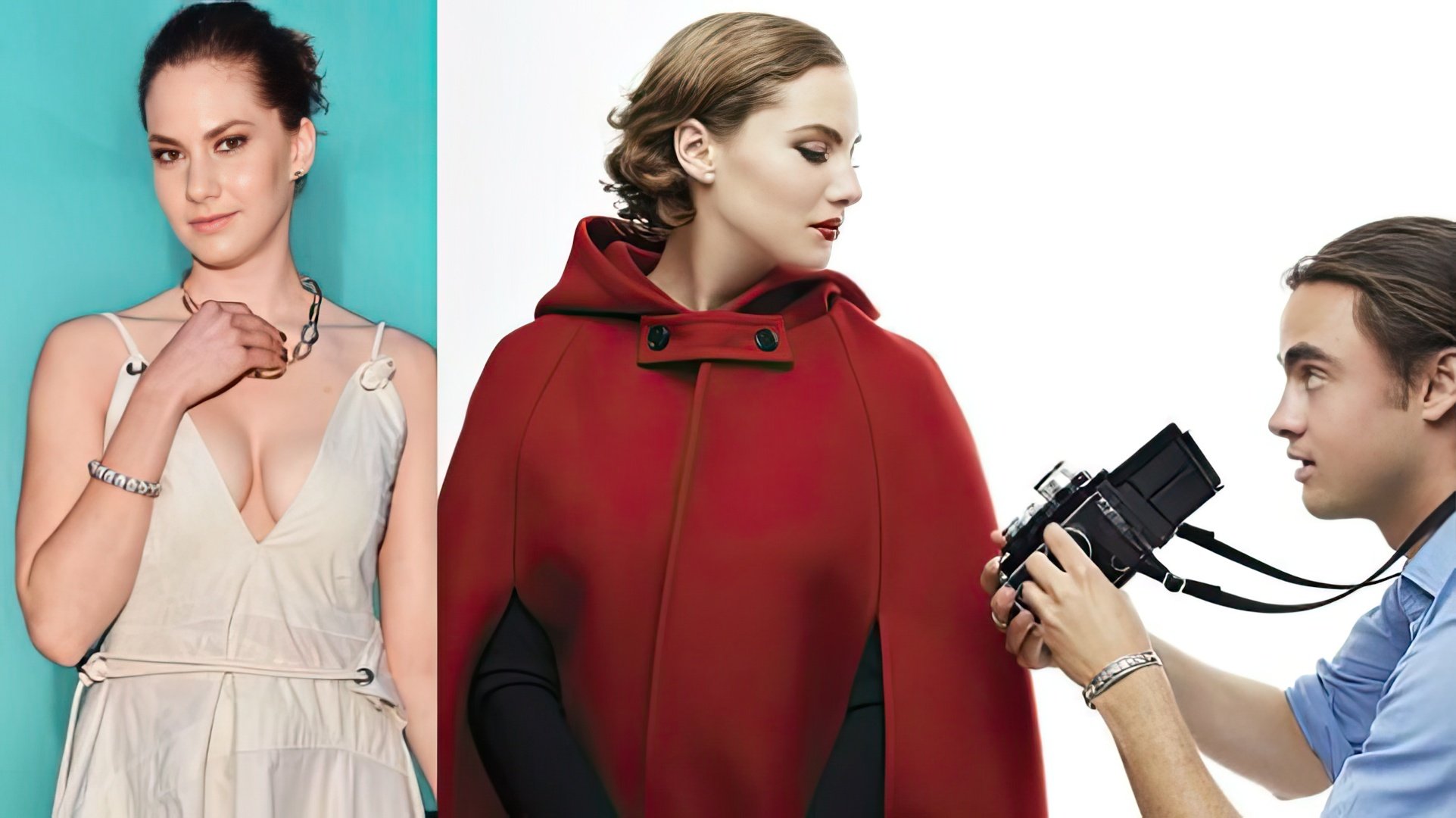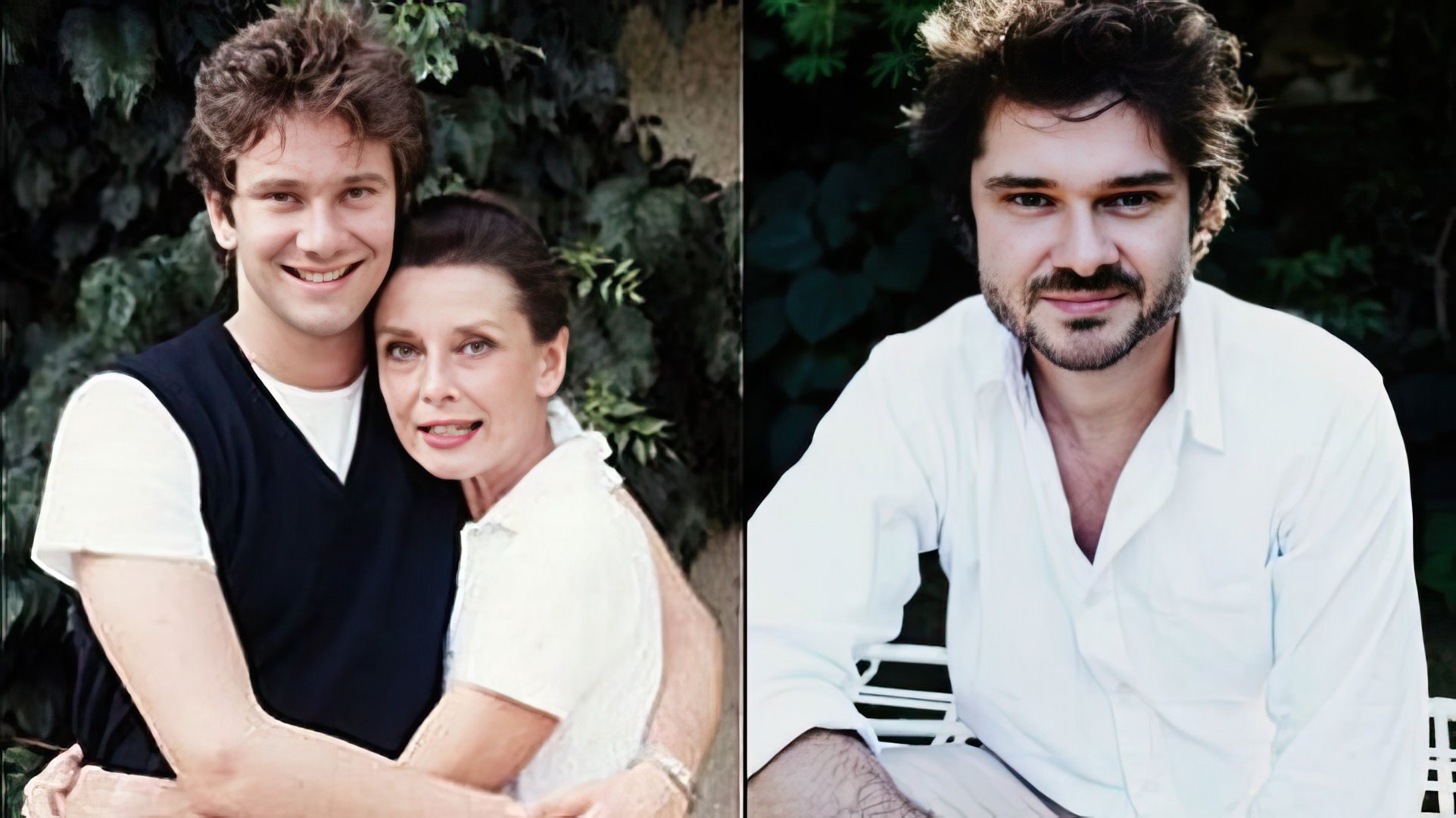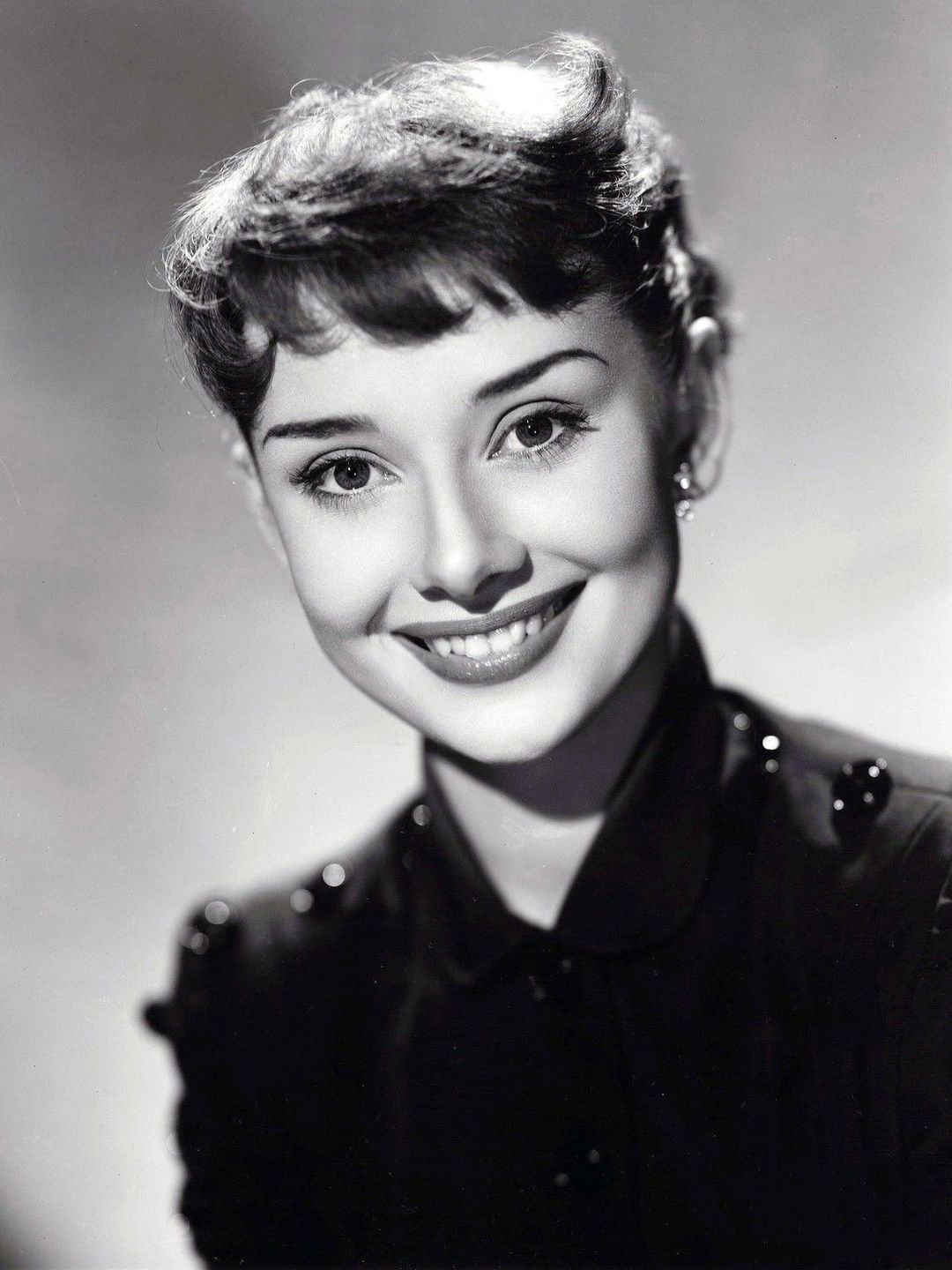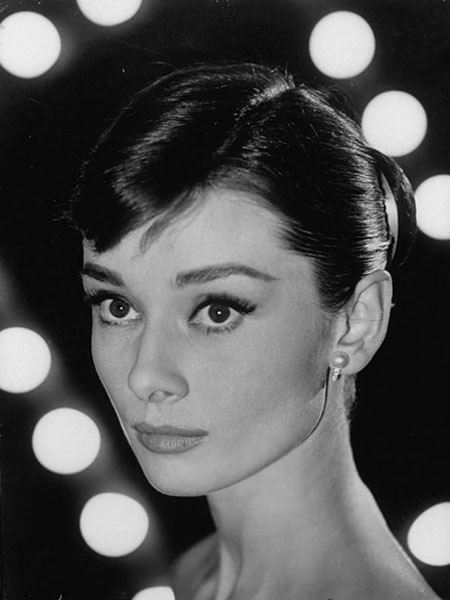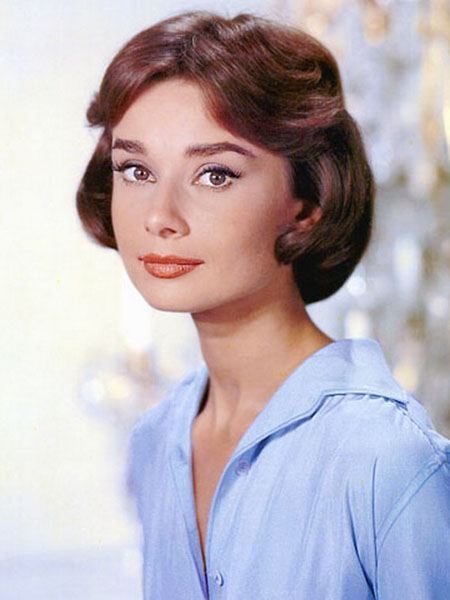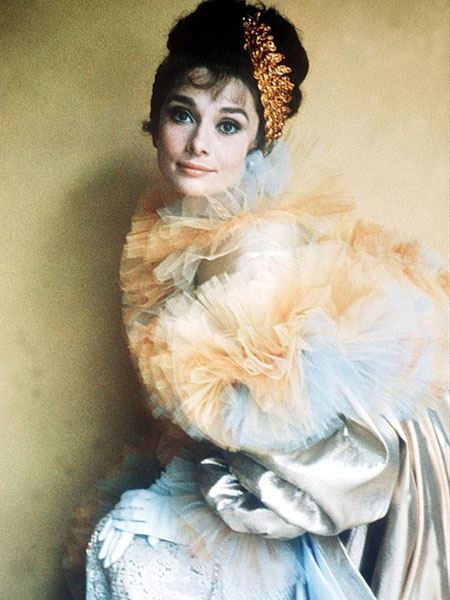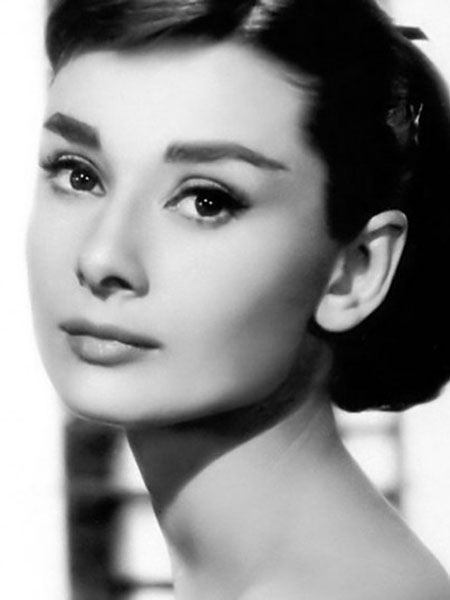Audrey Hepburn's Biography
Audrey Hepburn was a legendary British actress and style icon who perfectly captured timeless femininity with her graceful presence. She's rightfully considered one of Hollywood's most genuine and authentic actresses. After winning the Oscar in 1954 for "Roman Holiday," Audrey later received the award again in 1993 for her humanitarian efforts.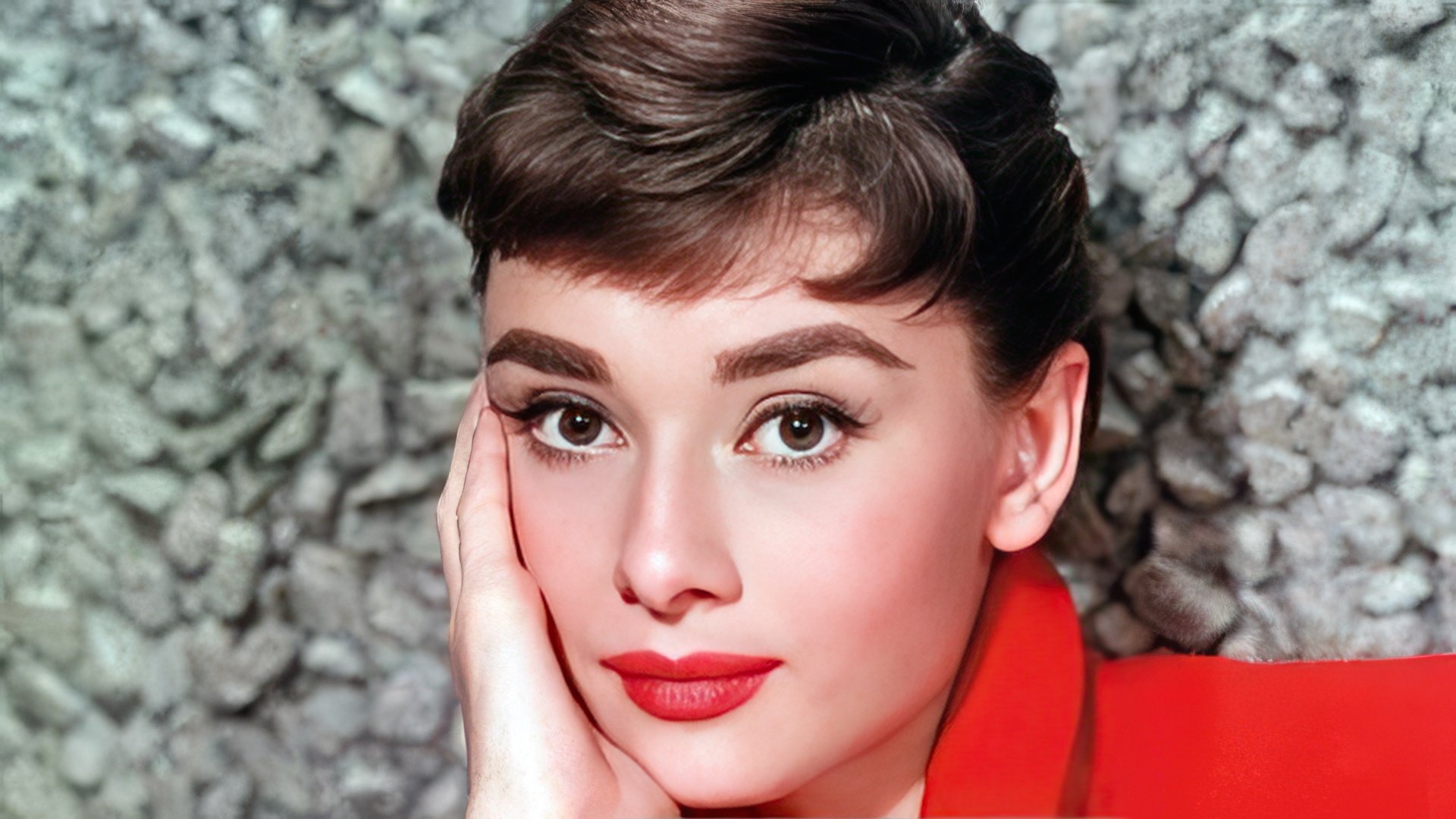
Military Childhood
Audrey Kathleen Ruston was born on May 4, 1929, in Brussels, Belgium, into a cosmopolitan aristocratic family. Her mother, Baroness Ella Van Heemstra, was Dutch, while her father, banker Joseph Hepburn, had English and Austrian heritage. Audrey's maternal lineage included French nobility and English civil servants. Audrey had two half-brothers from her mother's first marriage, Alexander and Jan Van Ufford.
In the 1930s, both of Hepburn's parents initially supported Nazi ideology, but after witnessing the occupation of European countries, Ella Van Heemstra completely rejected her previous beliefs and joined the Resistance.
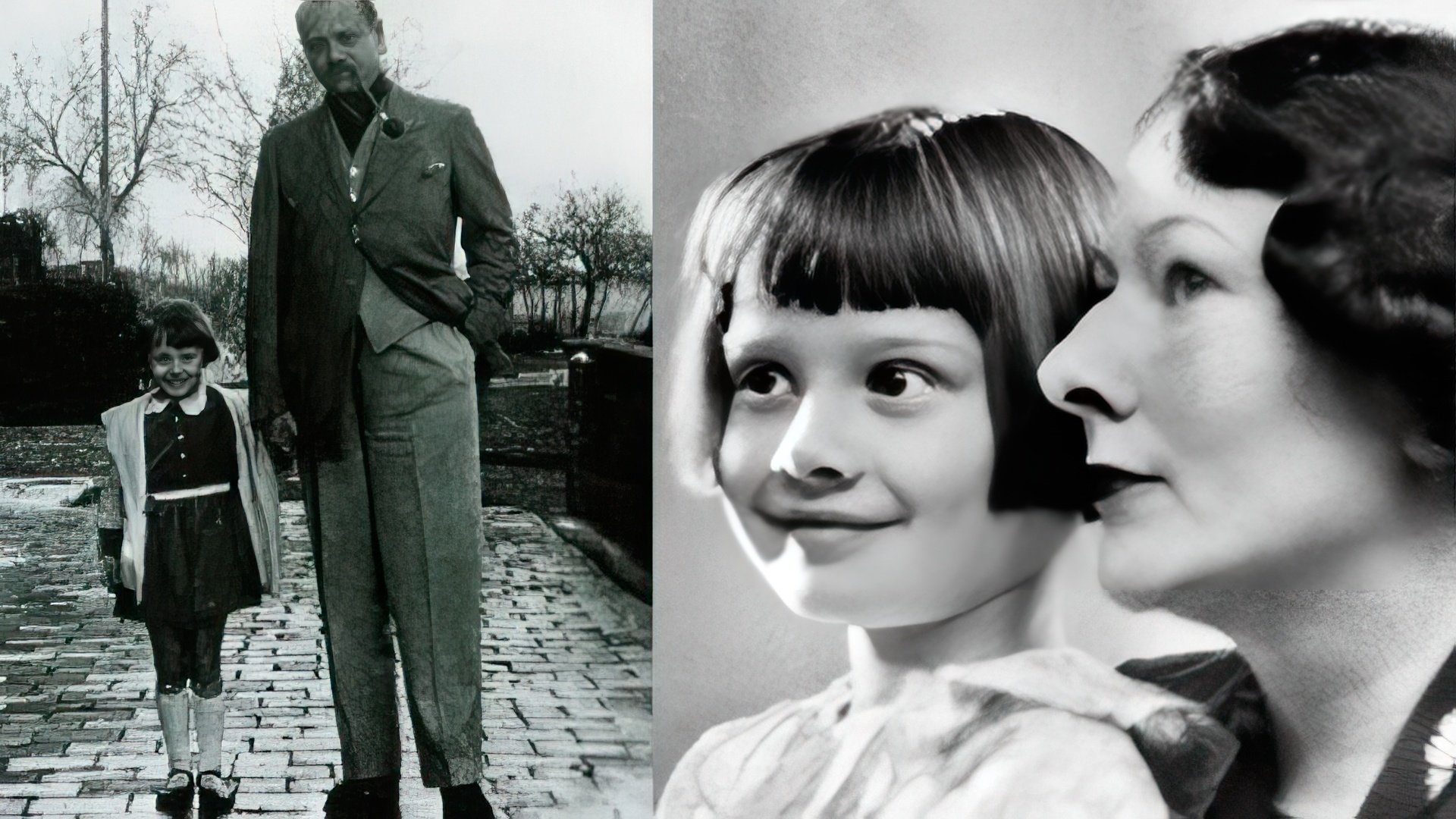
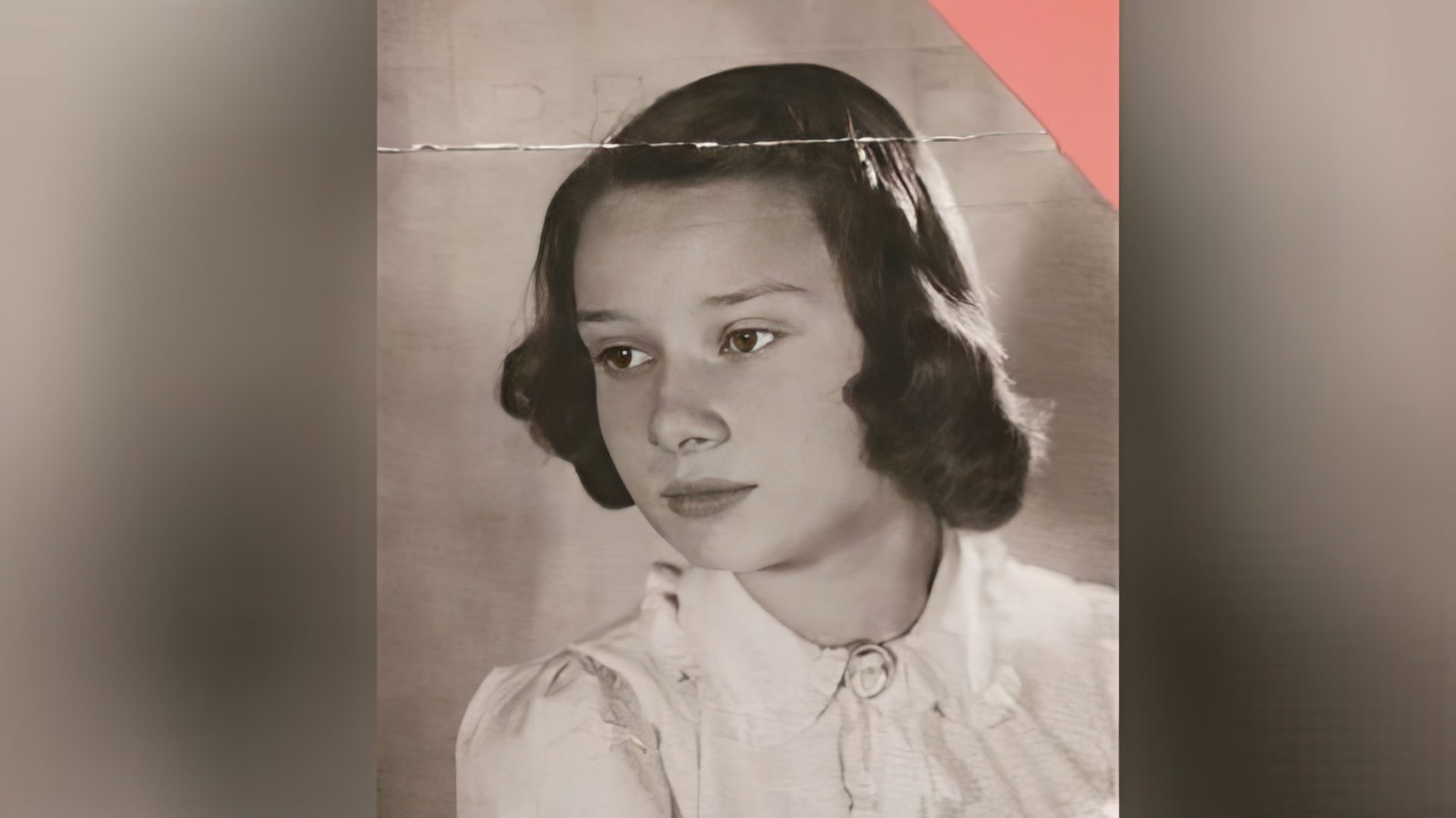
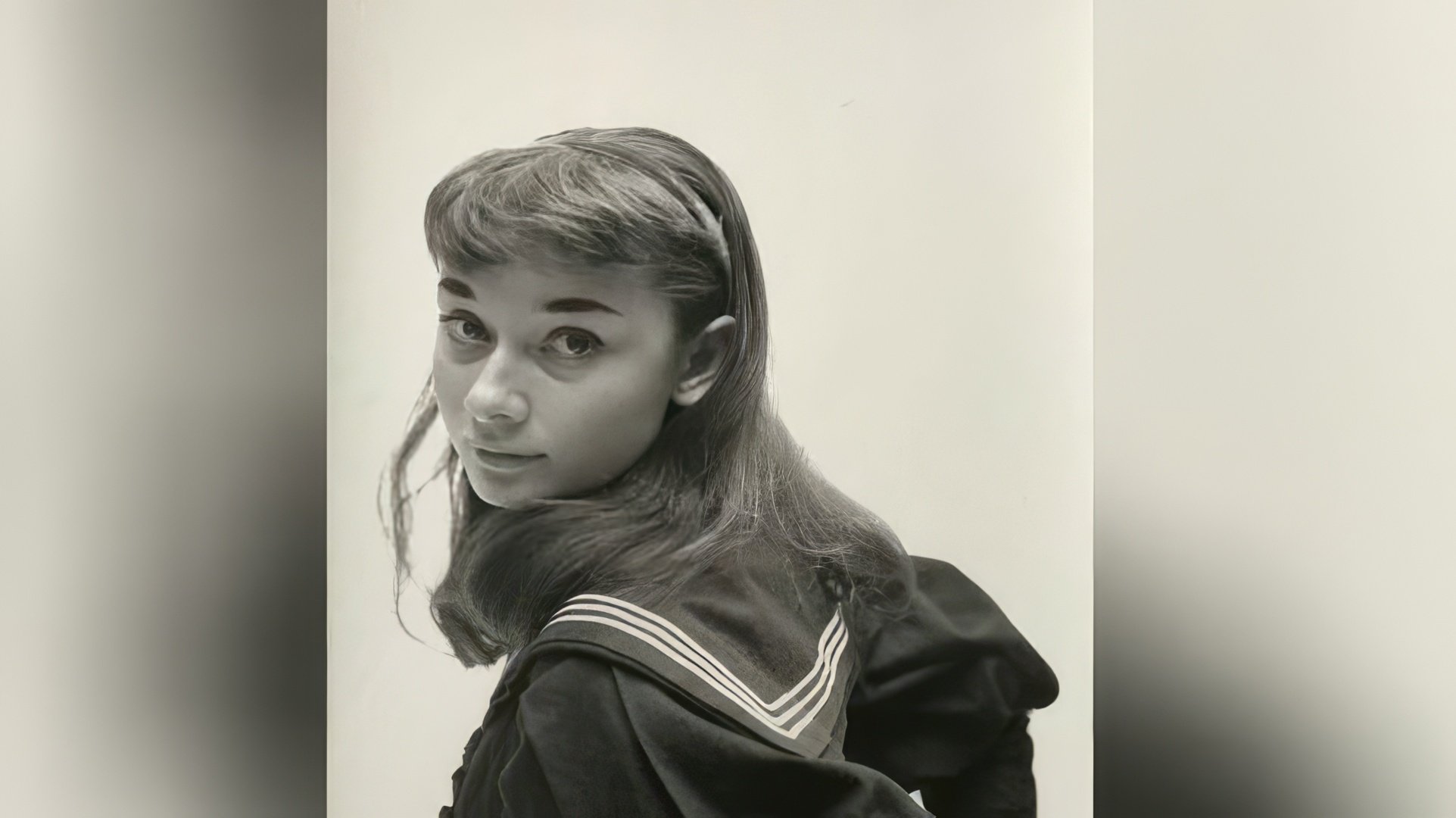
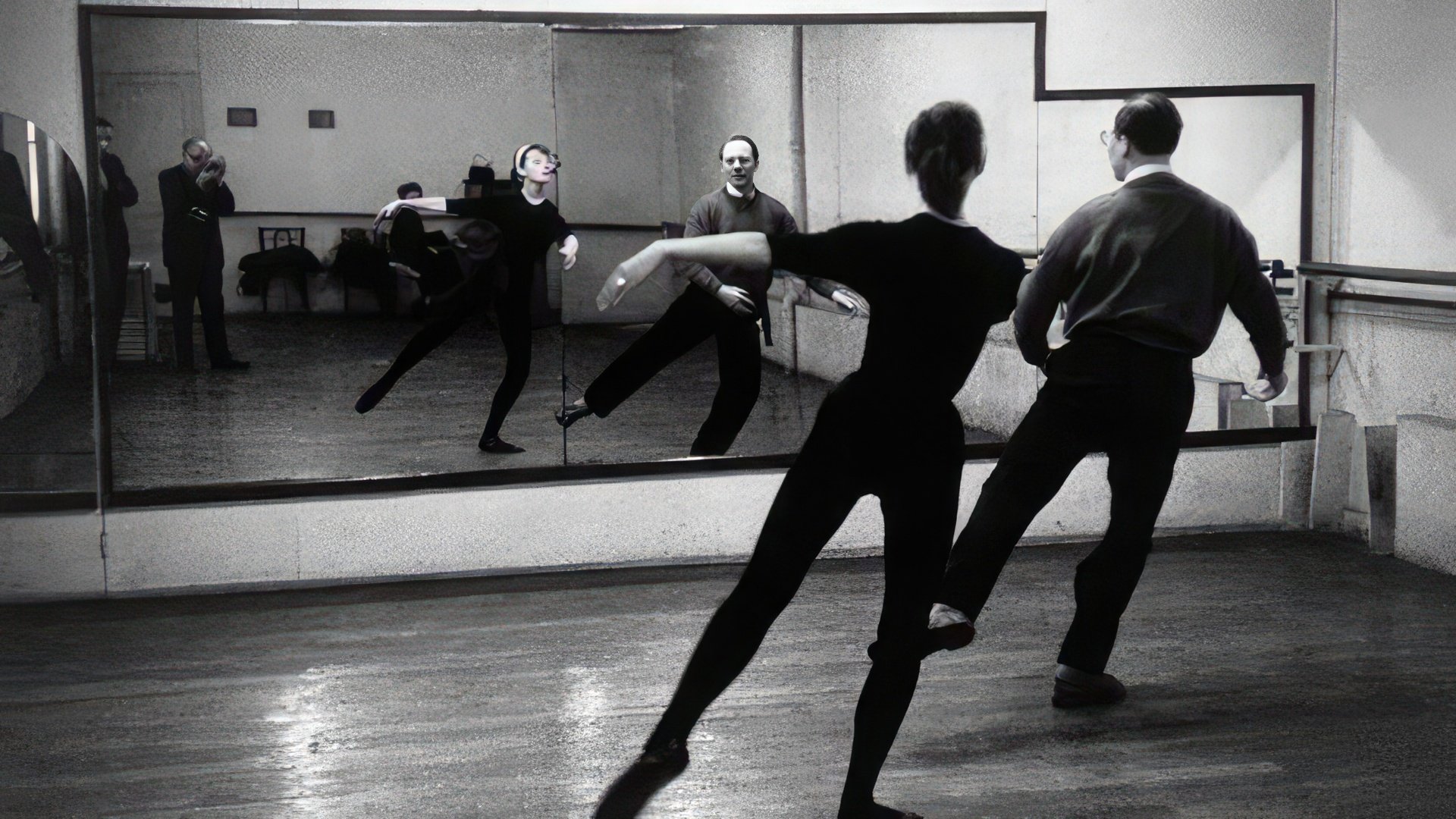
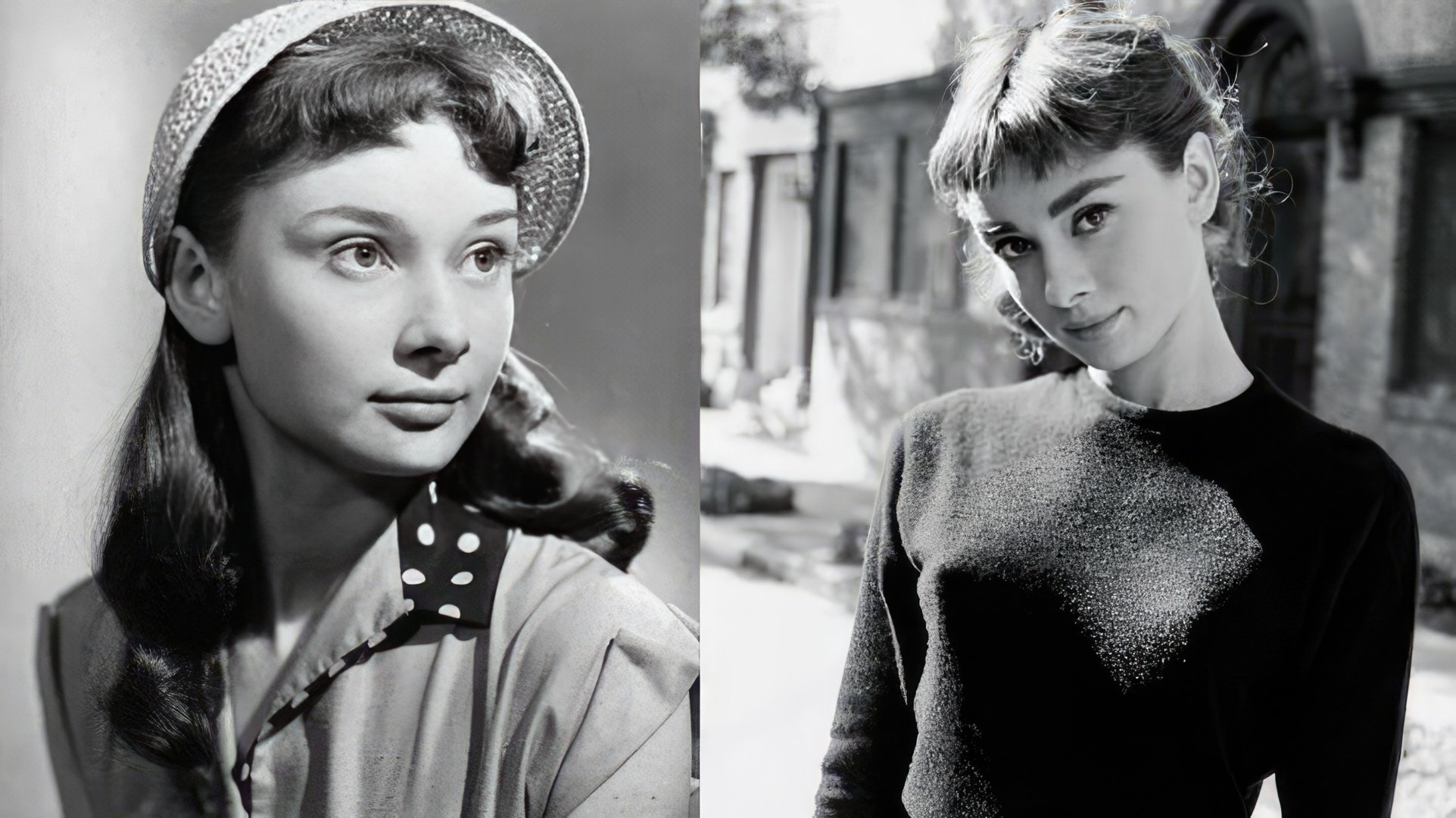
Acting Career
Audrey started making her own money by acting in commercials, modeling, and dancing in the corps de ballet. Director Charles van der Linden spotted her during one of the shoots and soon invited the charming and graceful young woman to play a minor role as a stewardess in the film "Dutch in Seven Lessons" (1948). Thus began Audrey Hepburn's acting career.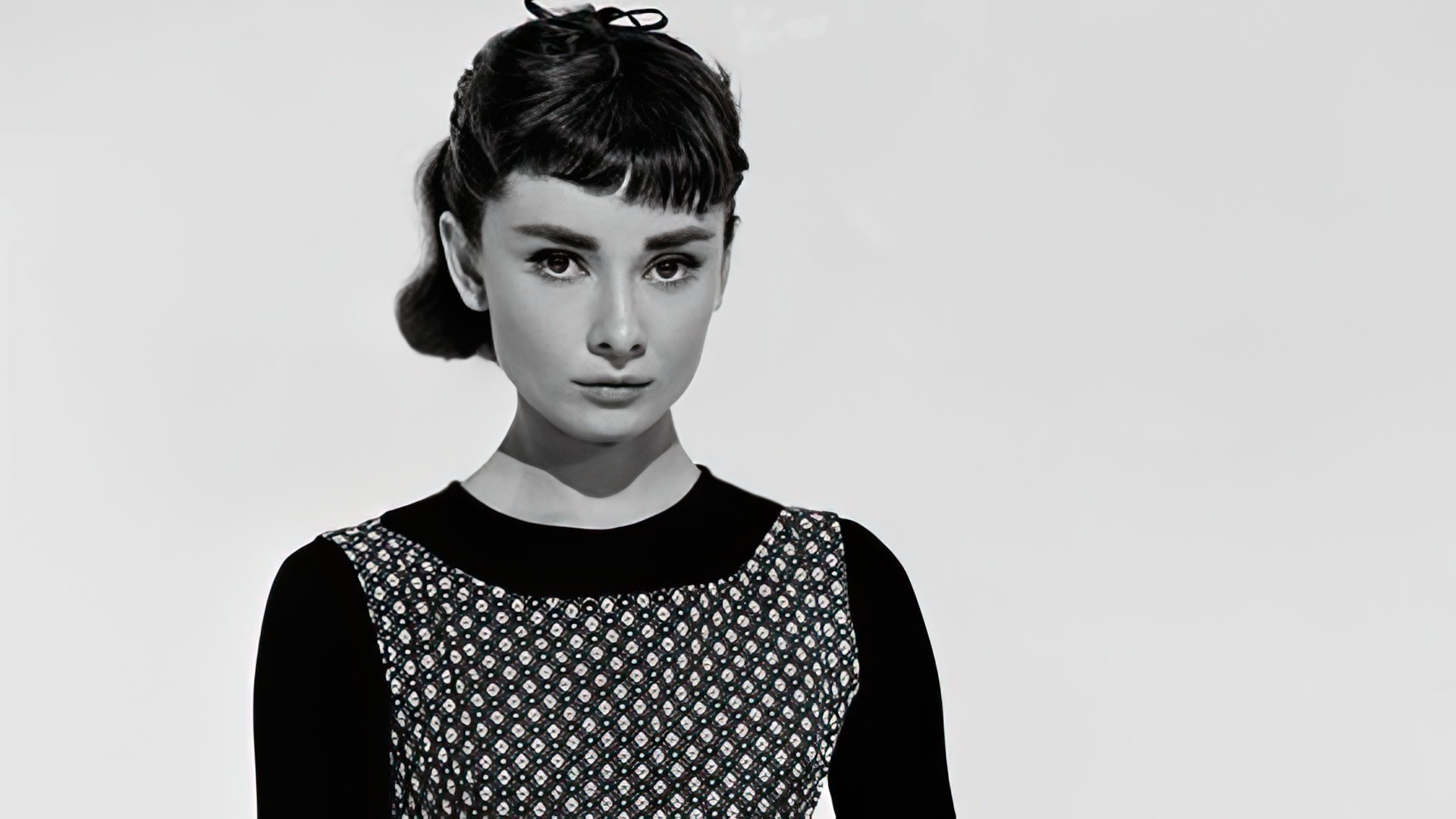
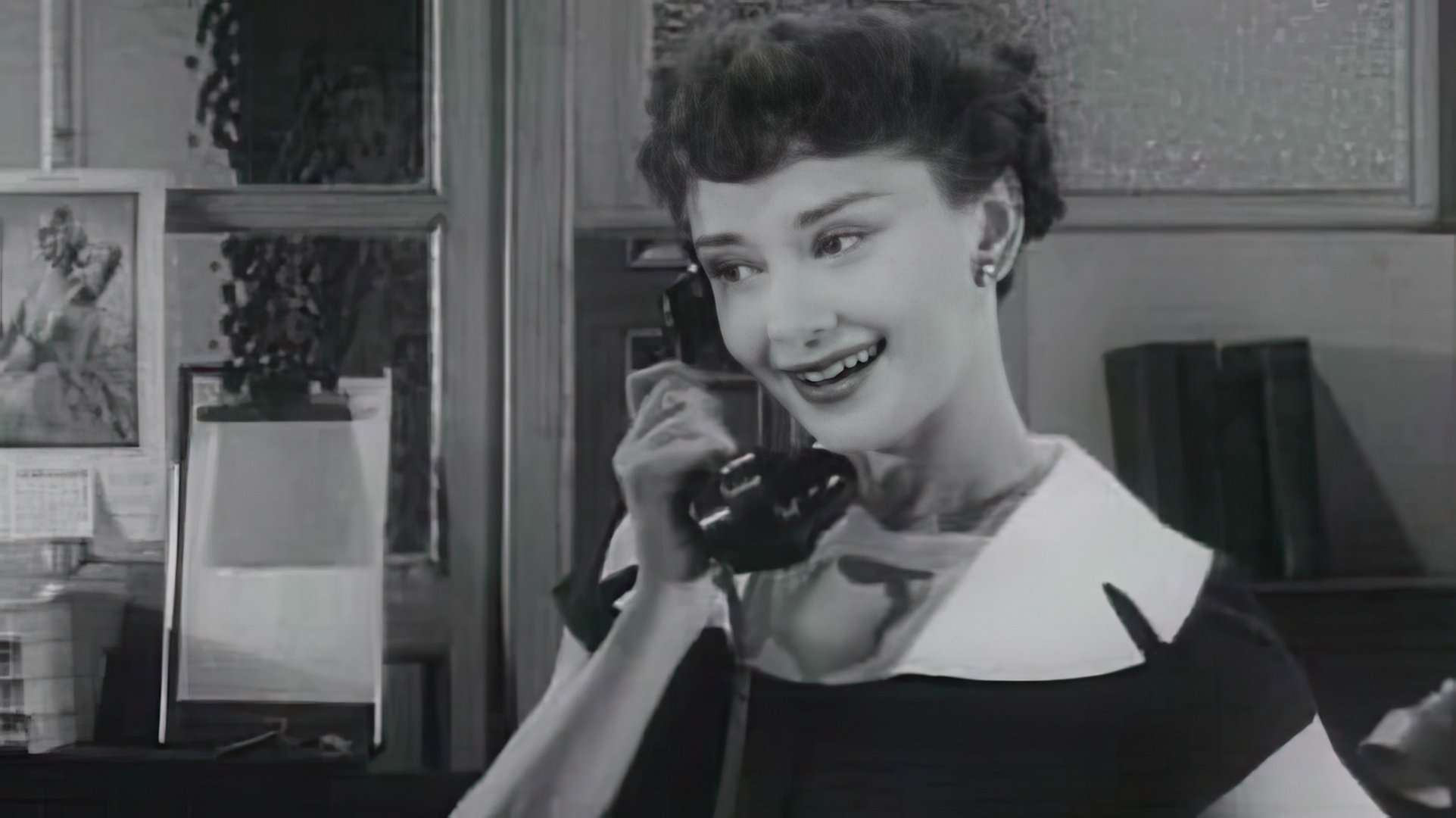
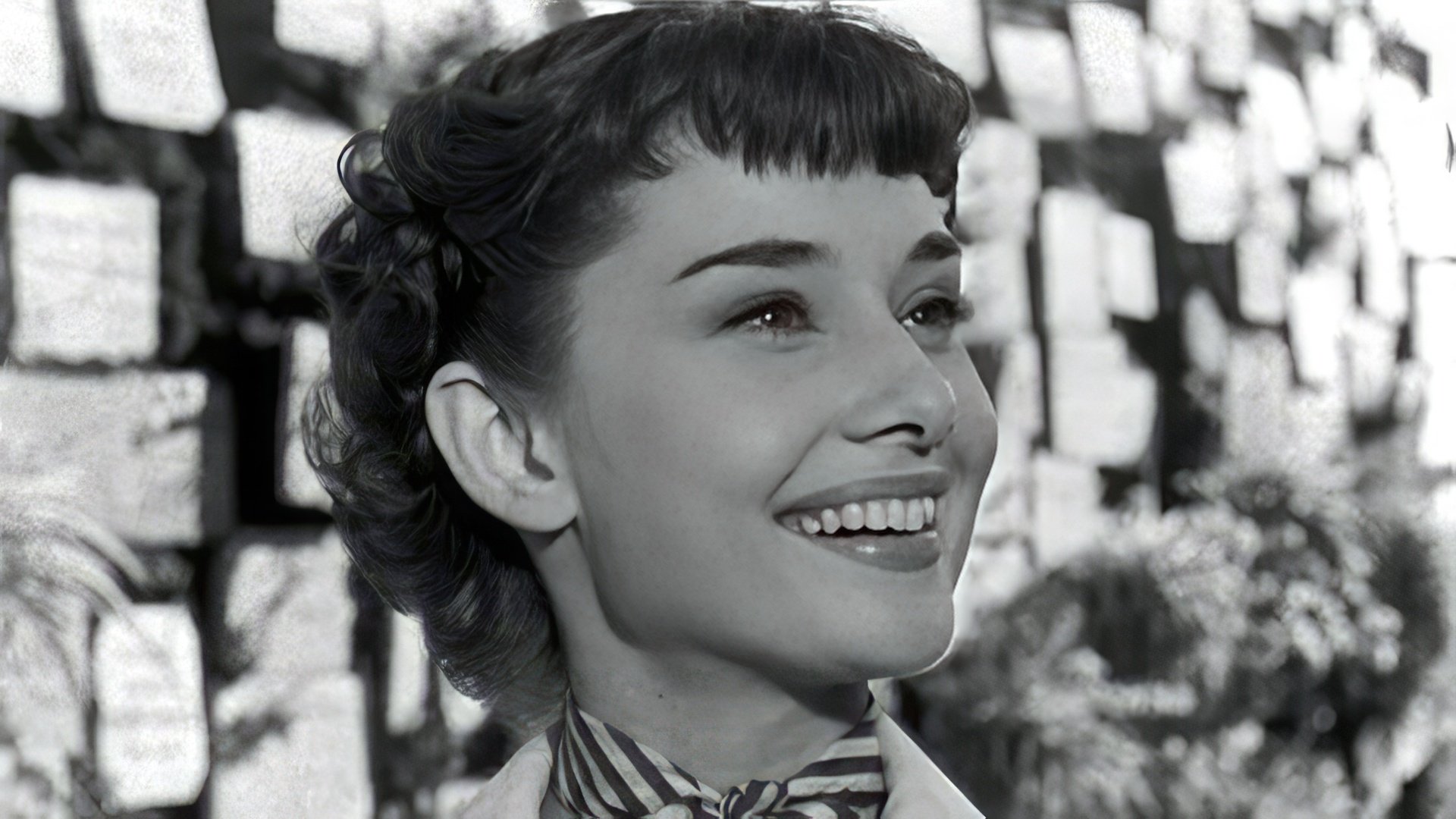
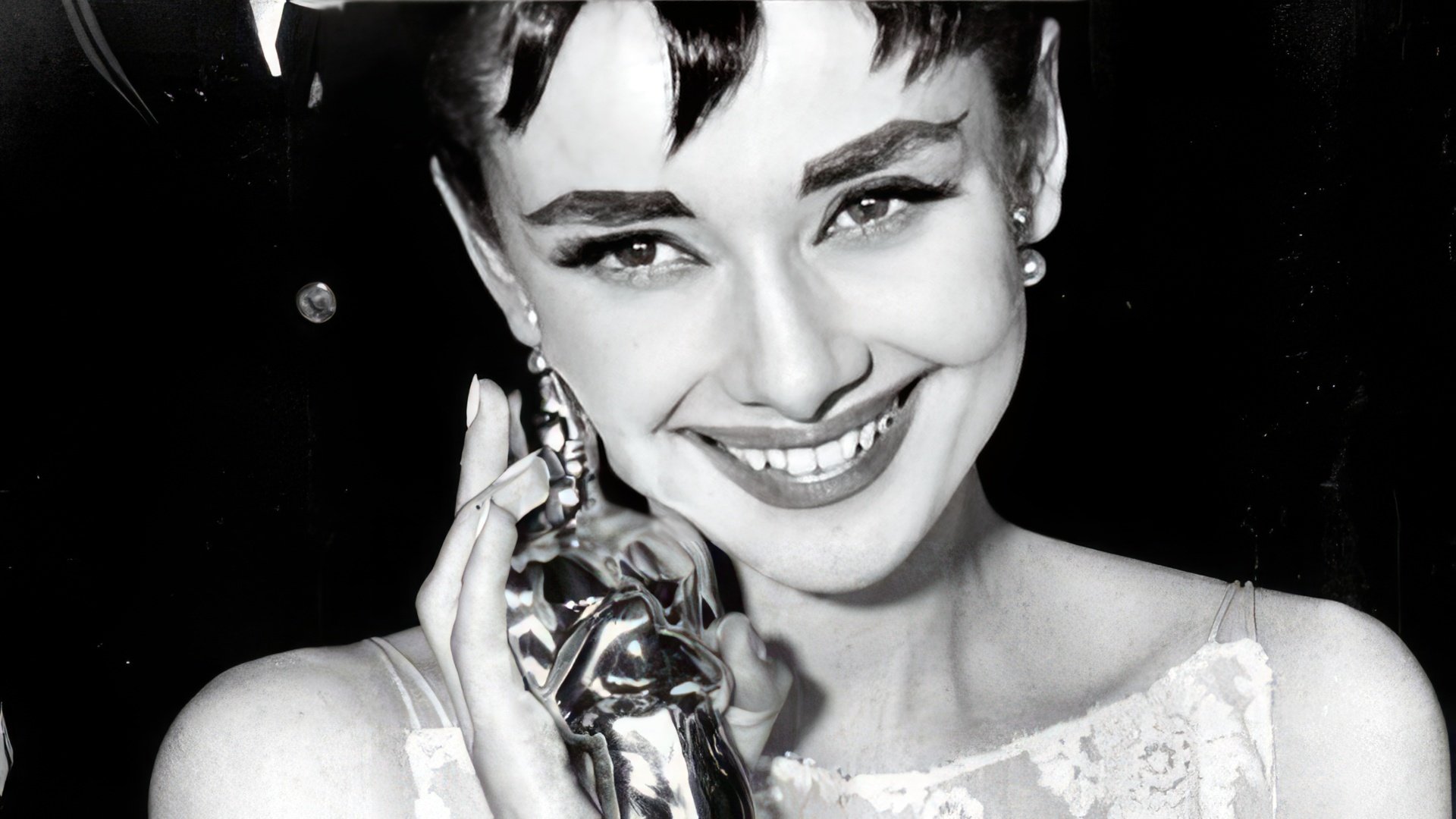
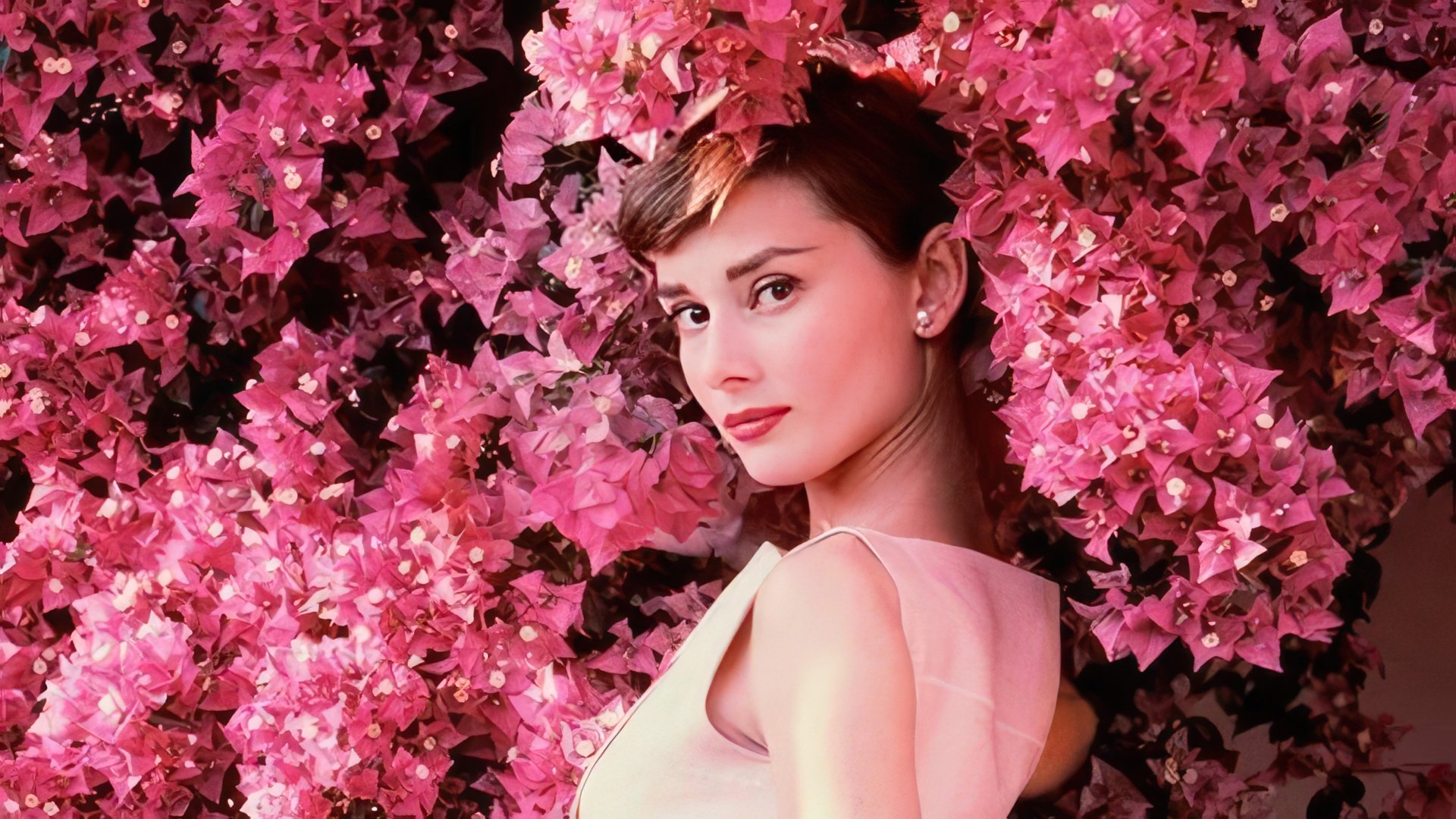
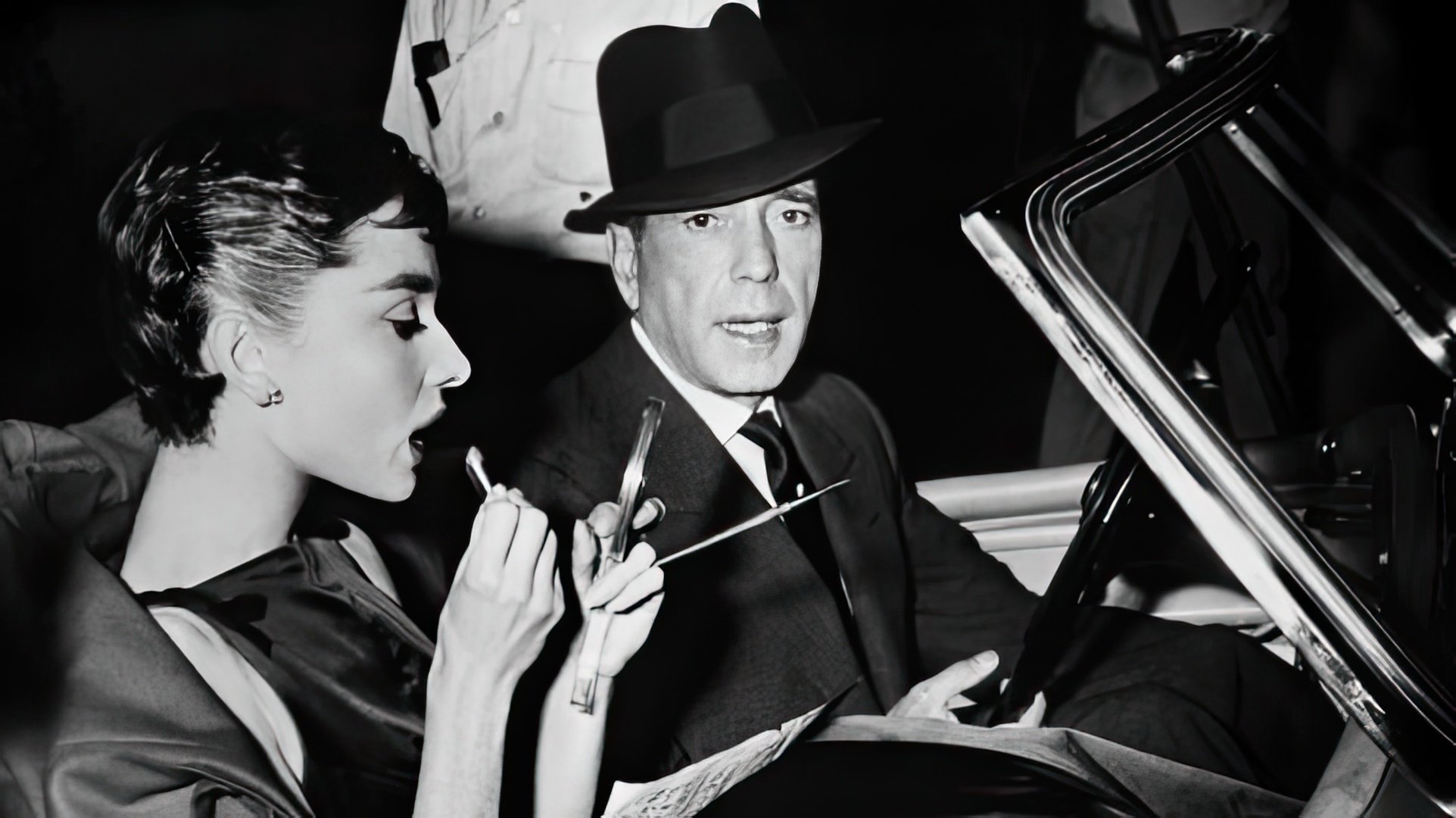
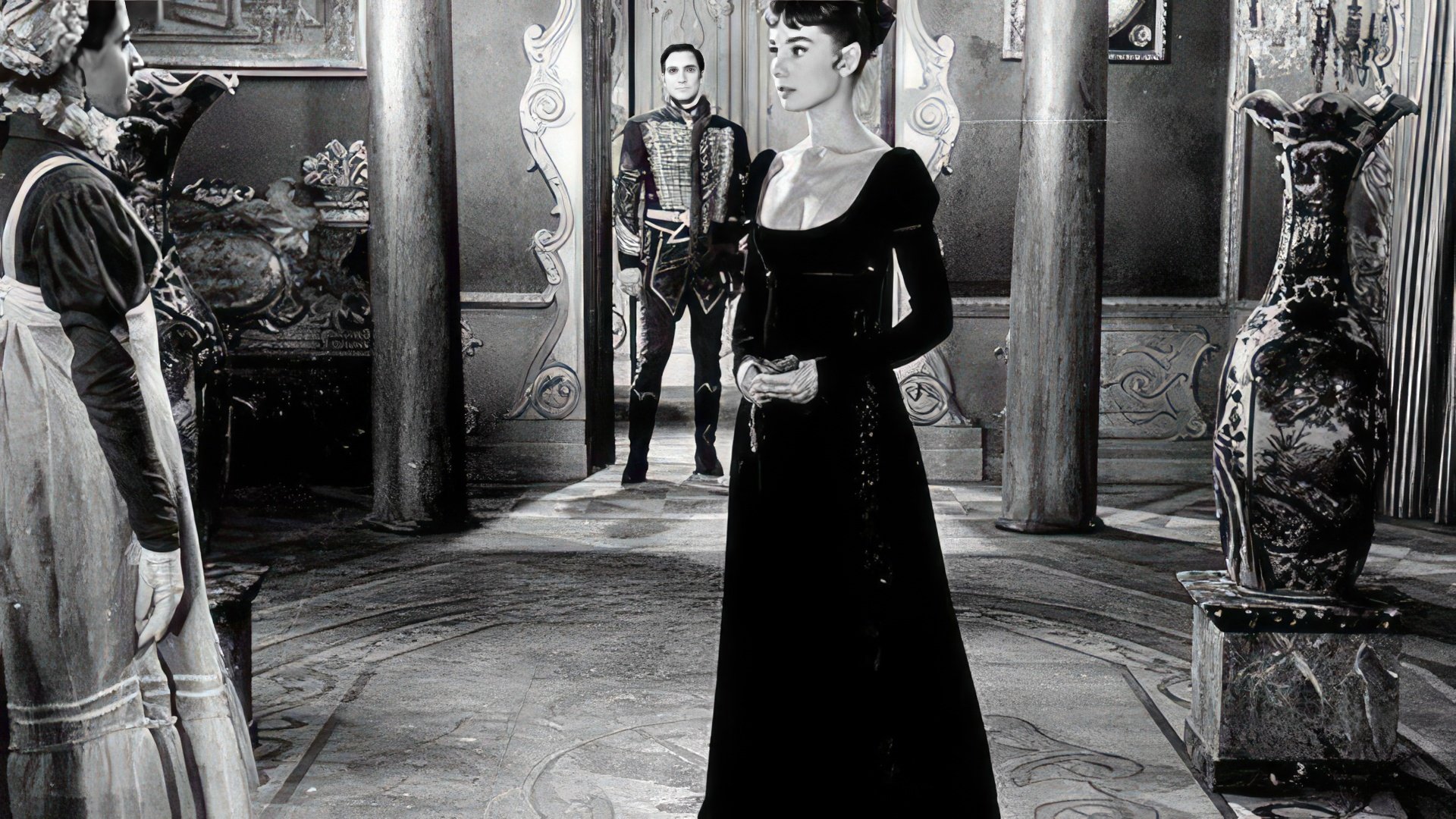
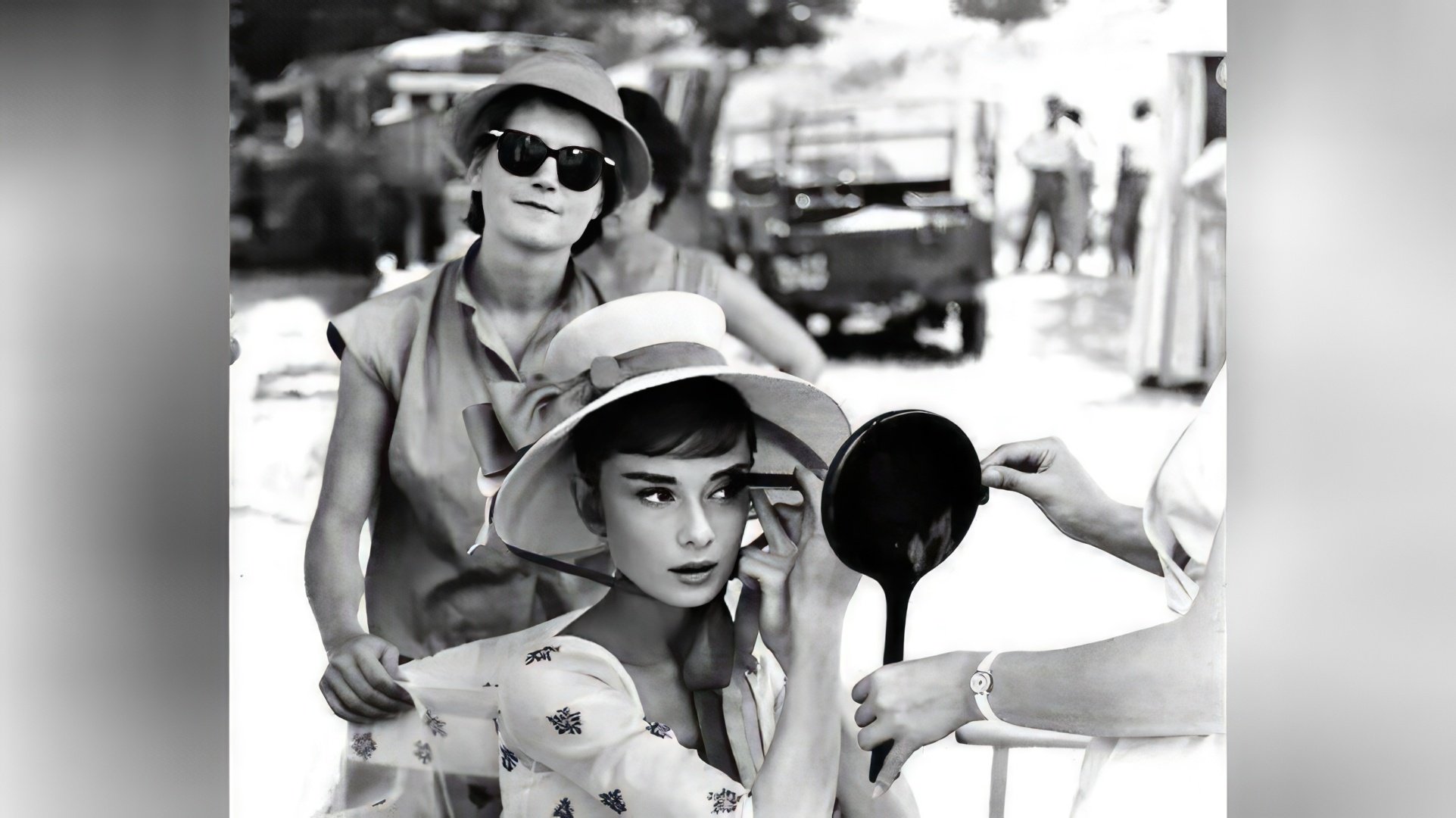
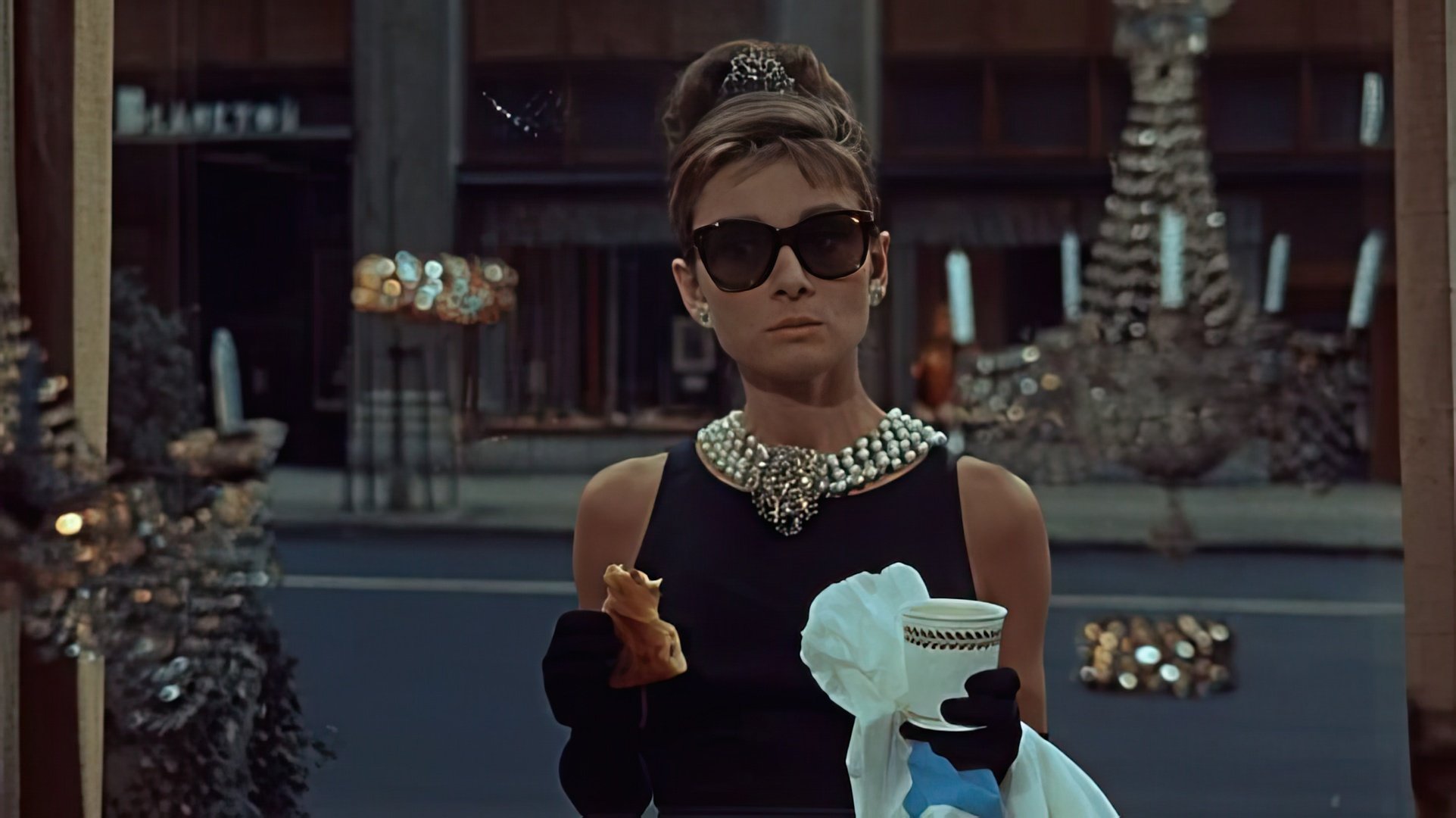
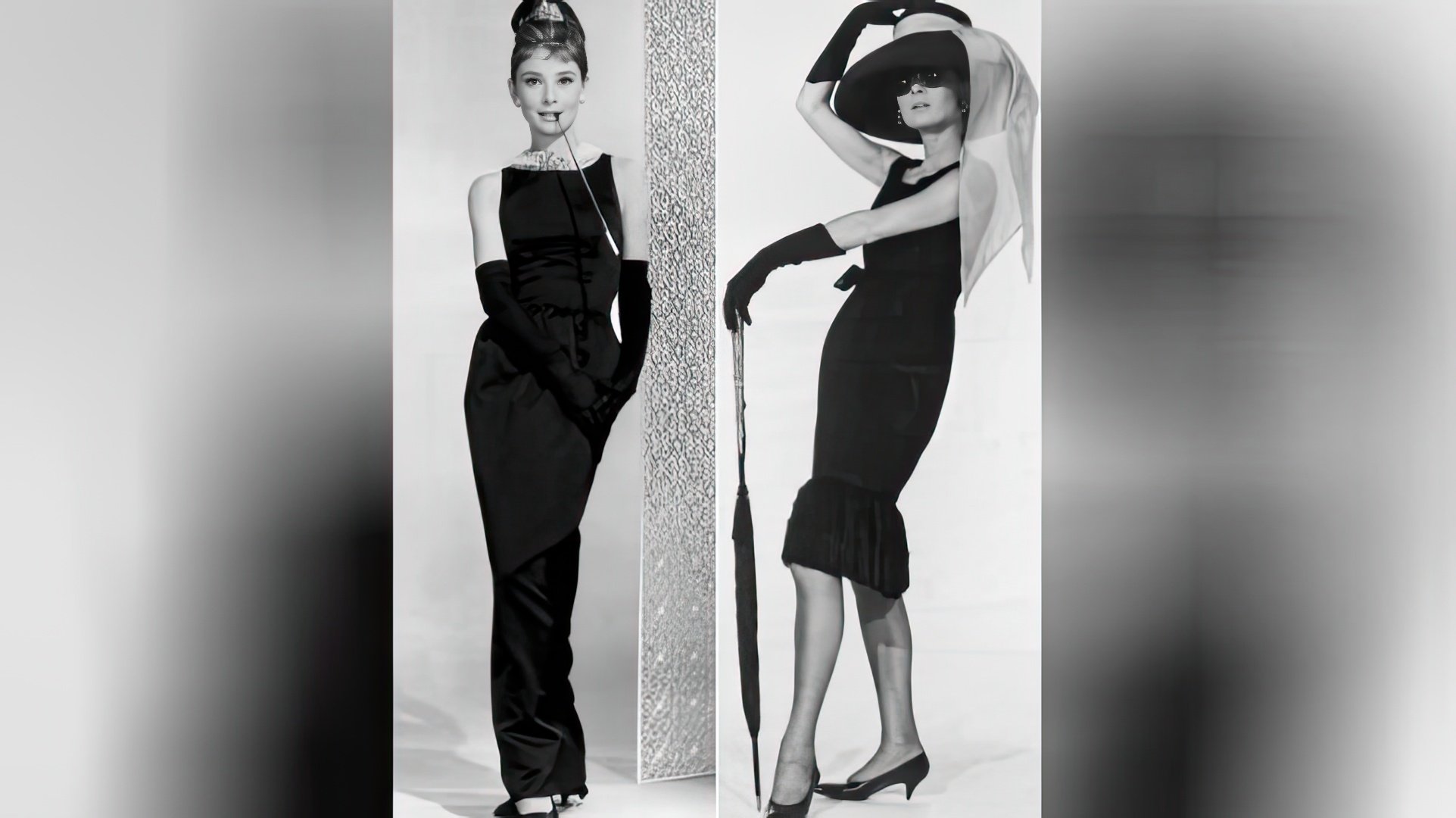
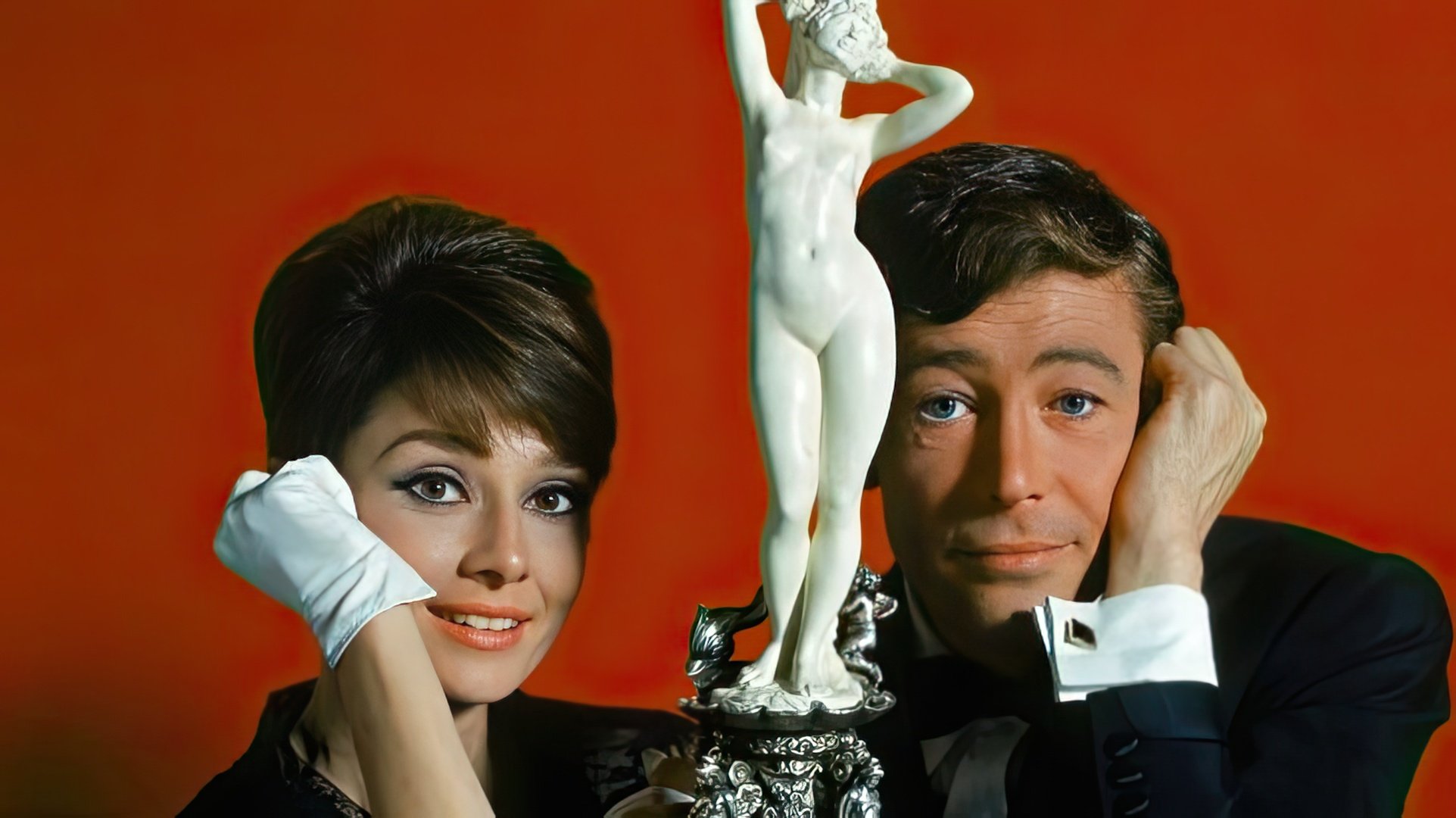
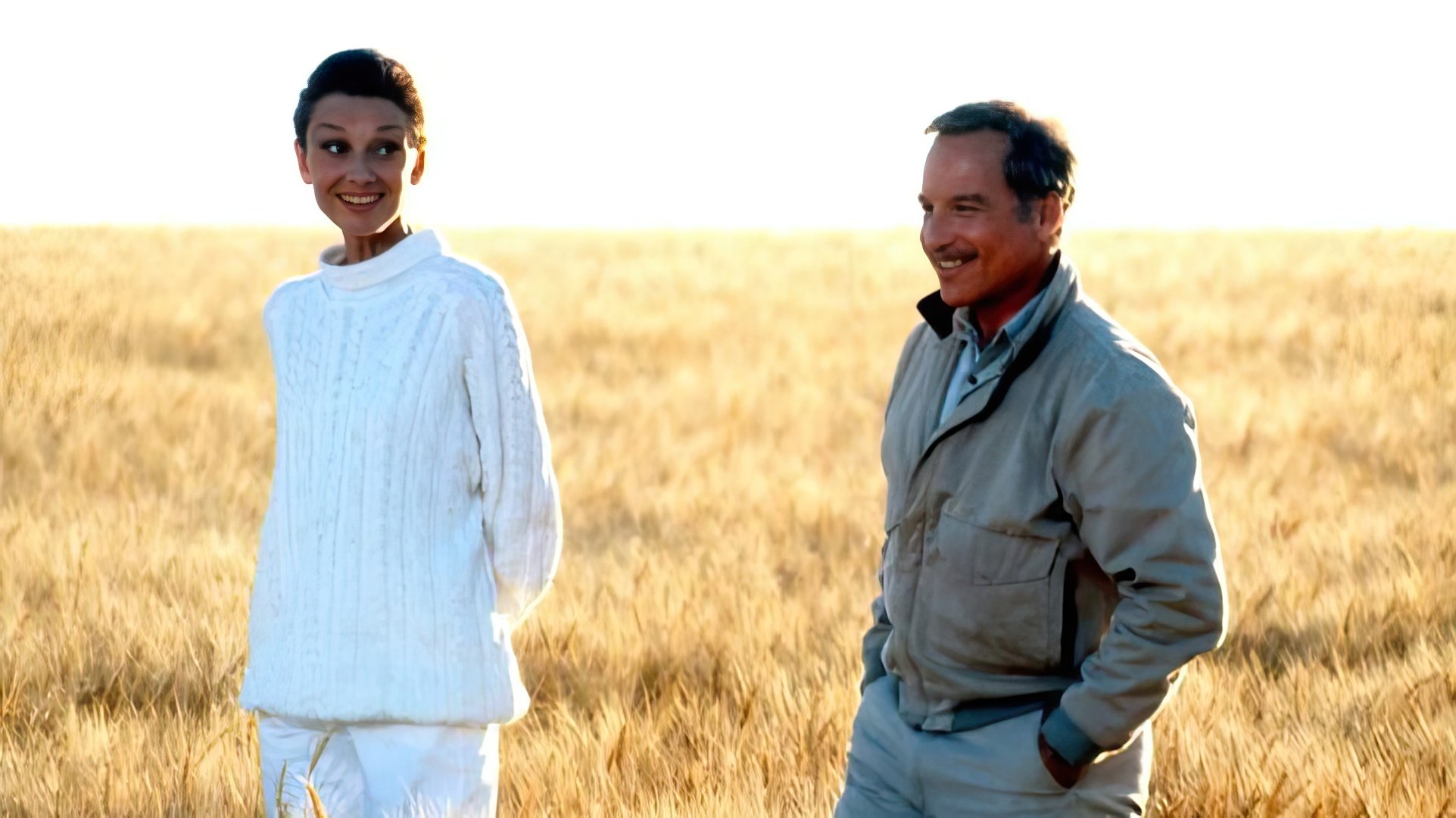
Personal Life of Audrey Hepburn
Audrey Hepburn met actor William Holden on the set of "Sabrina" and they soon began dating, despite his marriage. When Hepburn discovered that Holden couldn't have children due to a vasectomy, she made the difficult decision to end their relationship—motherhood was too important to her.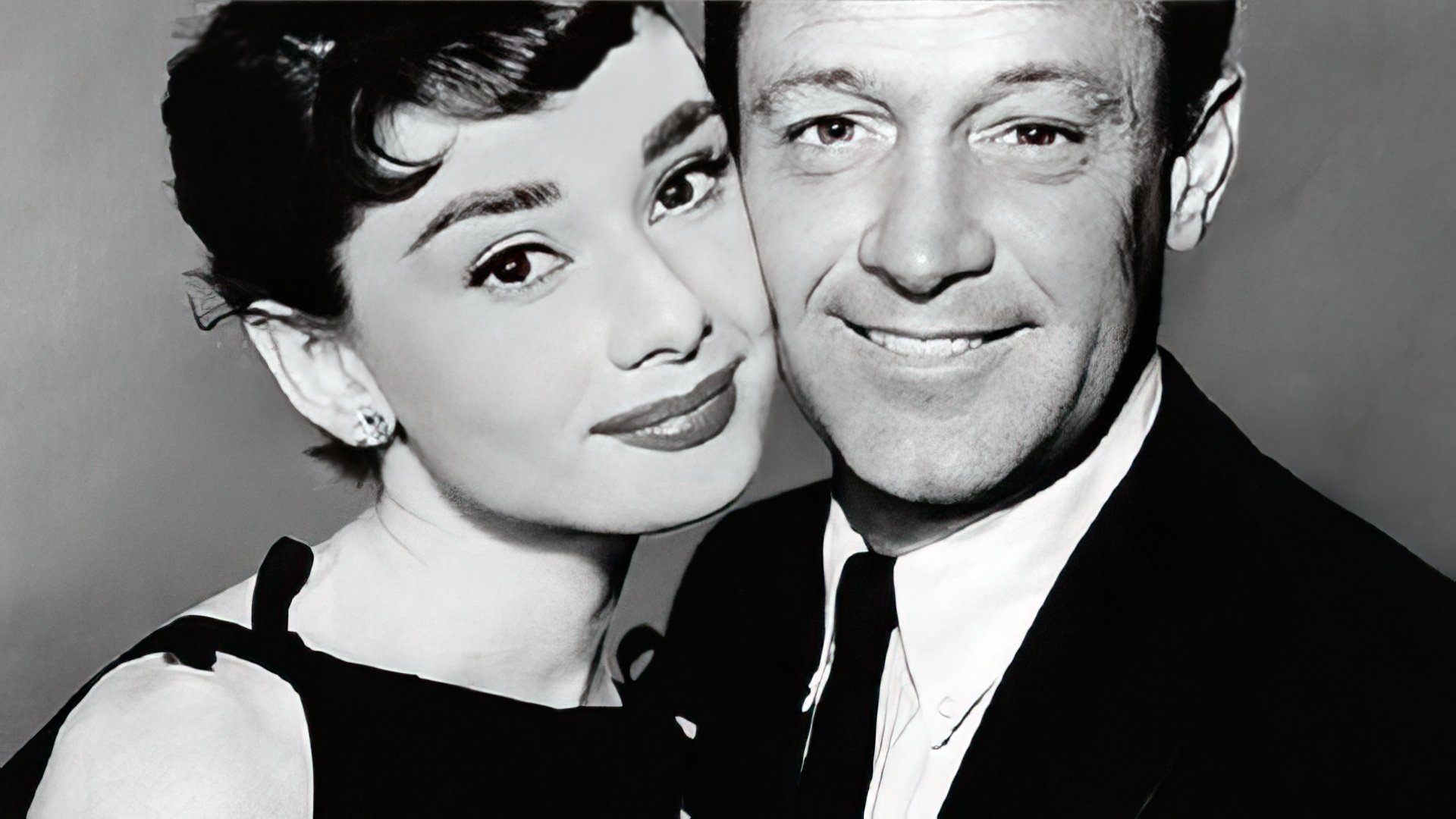
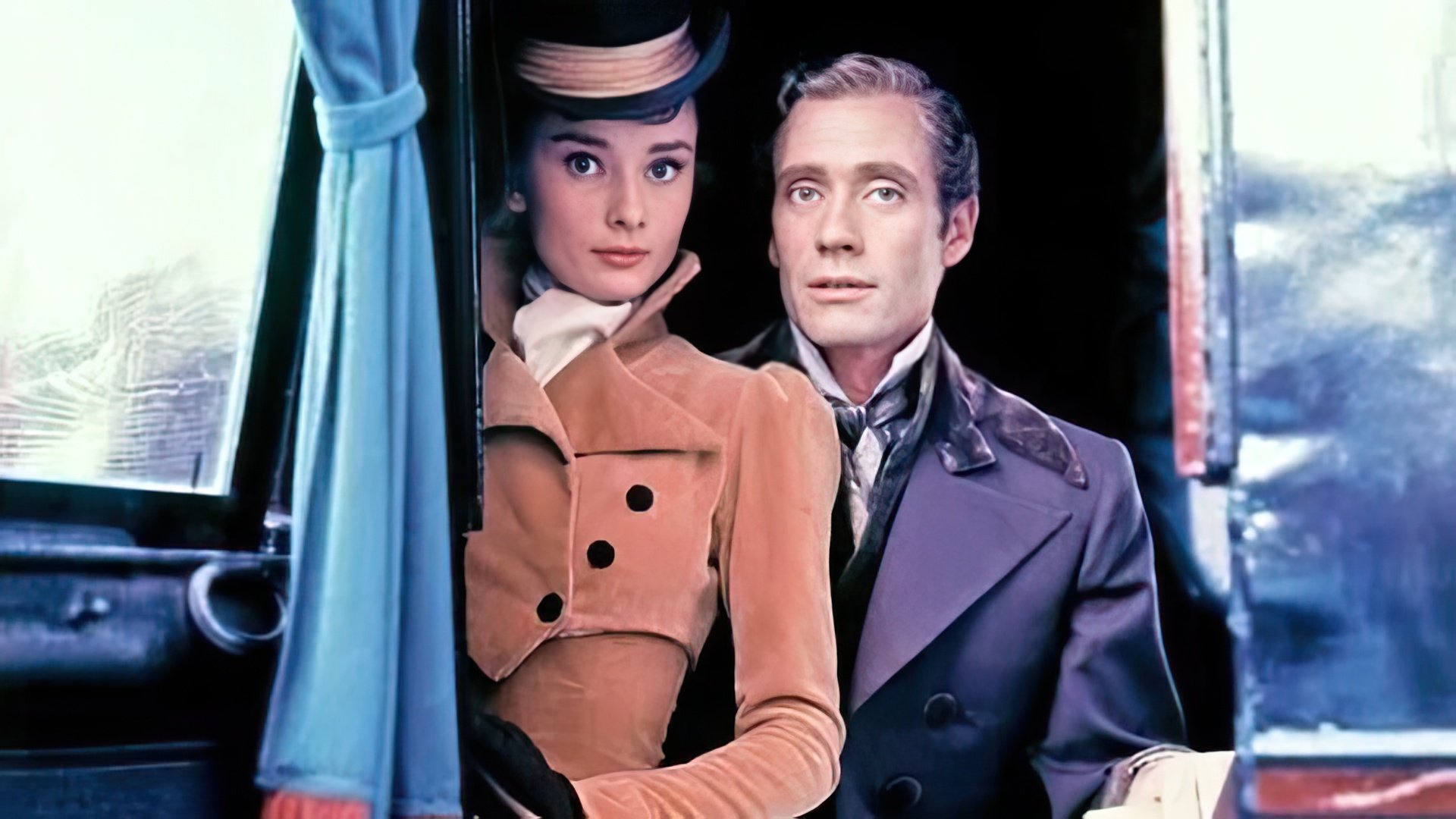
In 1960, the young actress gave birth to a son, Sean. She was overjoyed—her fragile health had made pregnancy difficult before. Audrey continued working with her husband in films, but he couldn't handle her overwhelming success, and after 15 years, they divorced.

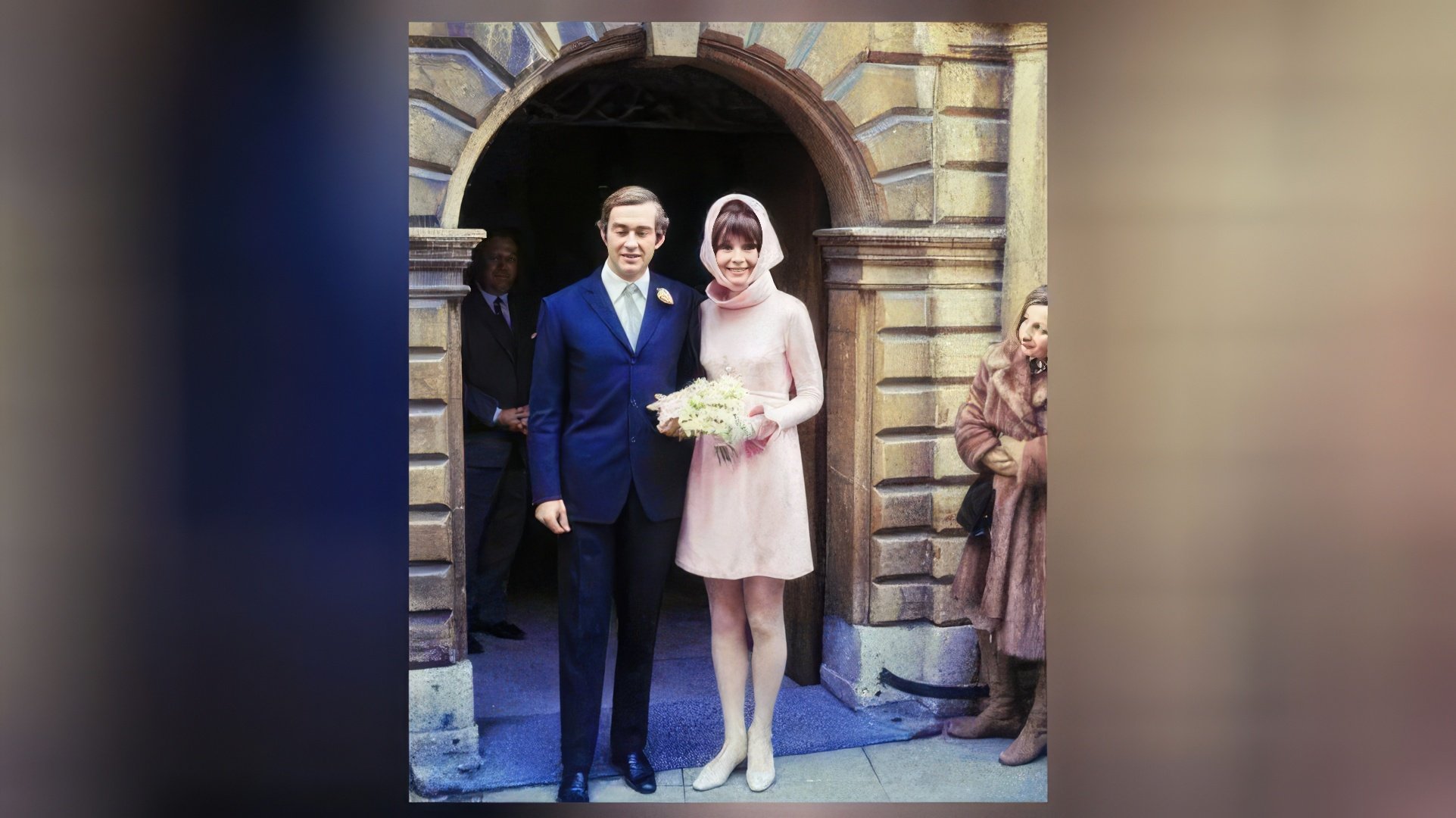
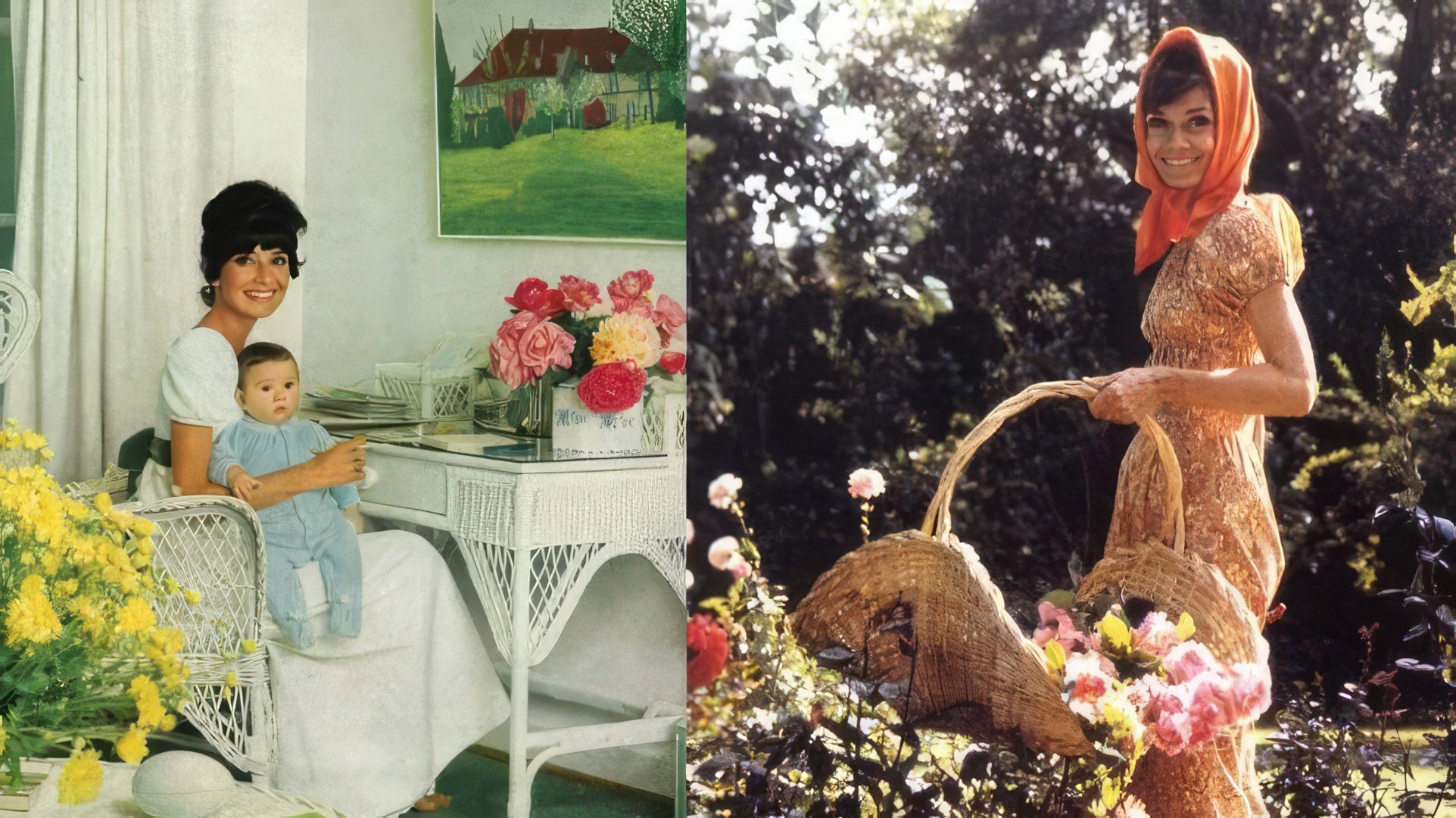
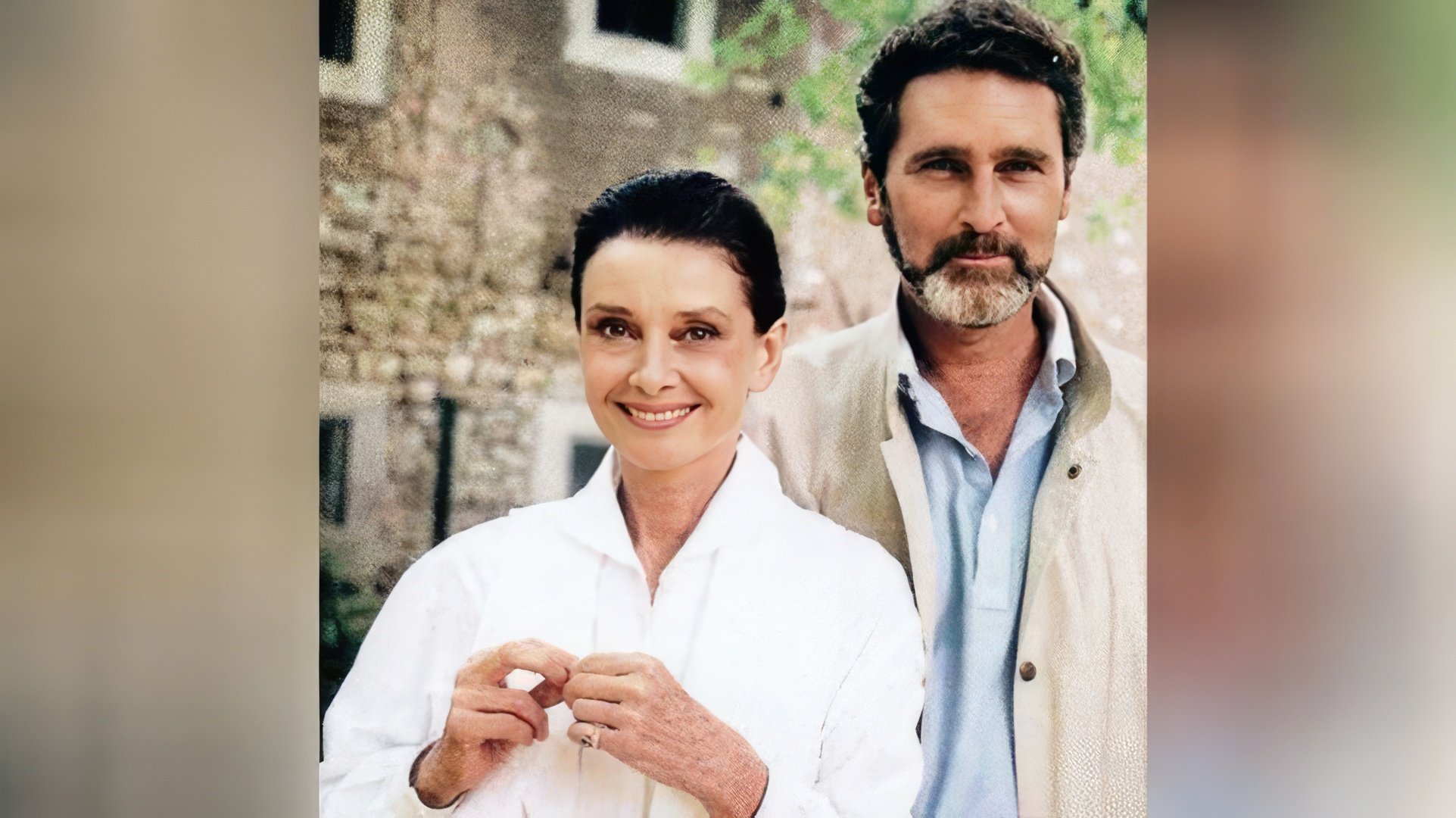
Public Activity
In the 70s, Audrey Hepburn shifted from acting to charity work, becoming a UNICEF Goodwill Ambassador—the same organization that had helped her as a child during World War II.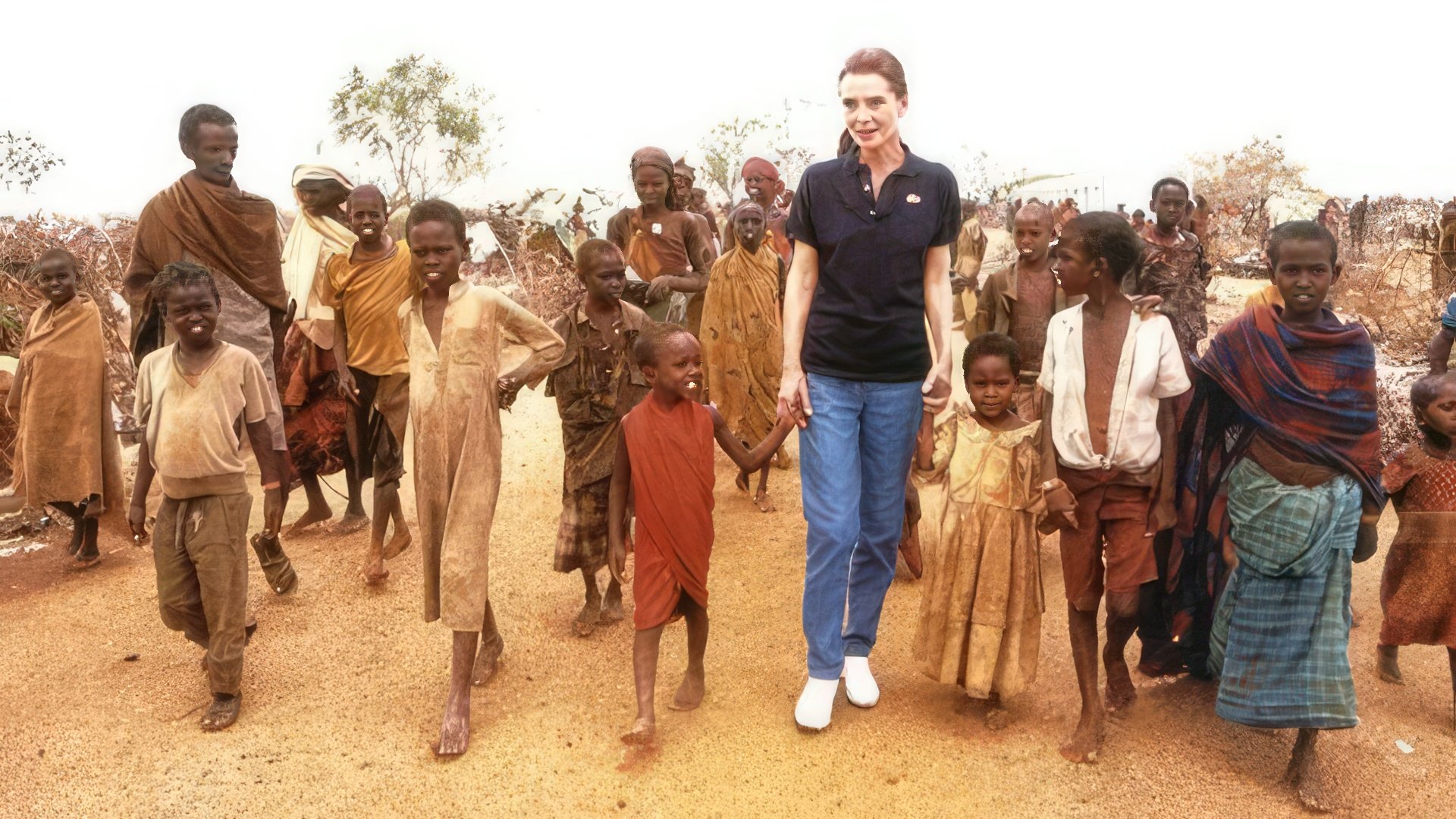
The actress recalled: "I saw tiny mountain communities, slums, and informal settlements somehow getting water supply systems for the first time, and that miracle was UNICEF".
Death
Hepburn threw herself completely into charity work, eventually neglecting her fragile health. During a trip to Somalia, Audrey experienced severe stomach pains, but she pushed through because she didn't want the entire program canceled on her account. When she returned, it was too late - doctors diagnosed her with colon cancer that had already spread to surrounding organs.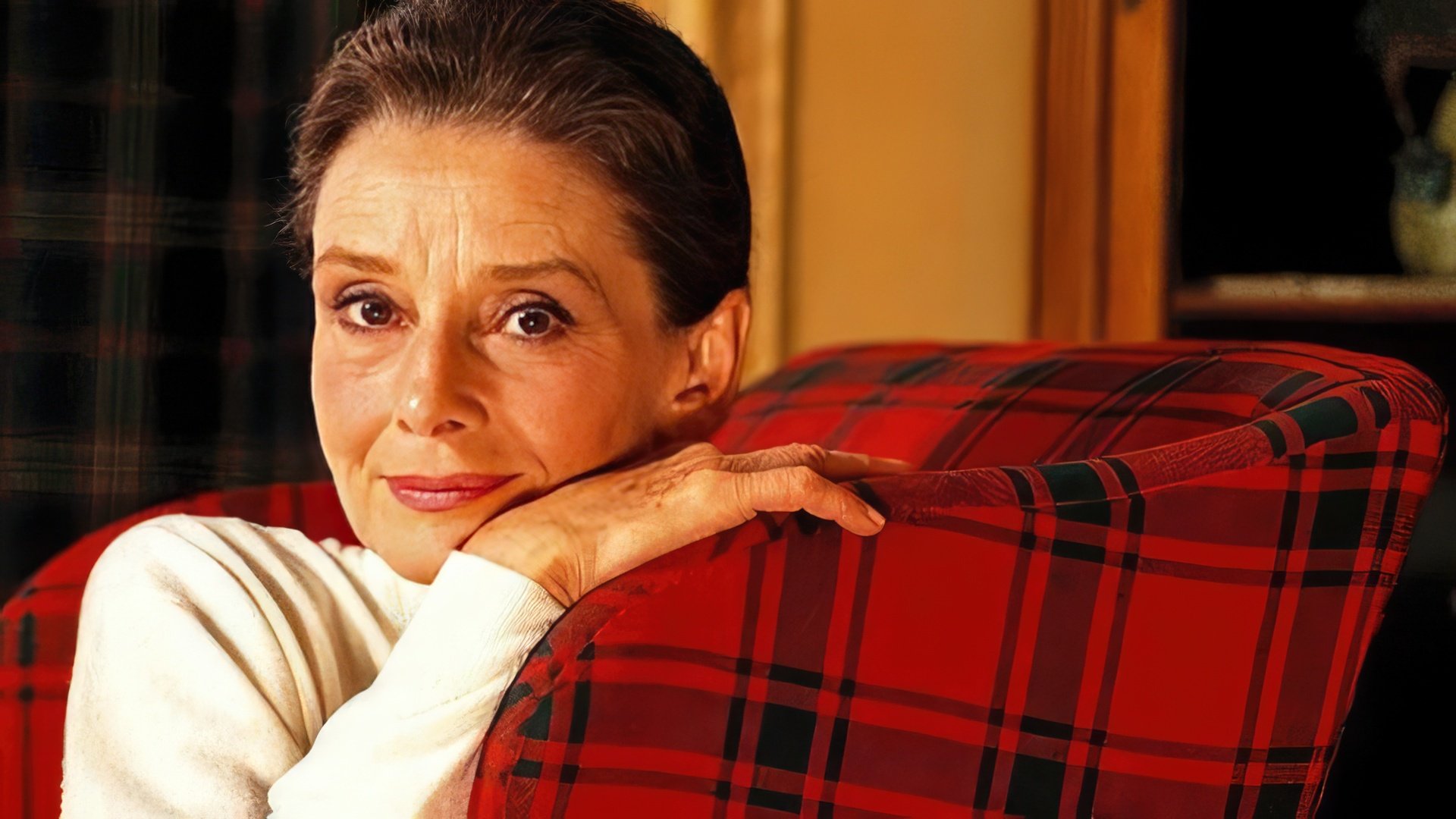
"She started her career in a Givenchy dress and ended it in a simple t-shirt and jeans. And she did that with everything that surrounded her. She simplified," her younger son would later say in an interview.
Memory and Heirs
Audrey's eldest son, Sean Hepburn Ferrer, never wanted to become an actor after watching his parents' constantly demanding film careers. His brief acting career consisted of just one minor role in "They All Laughed" (1981). He worked in production during his younger years, then founded a children's charity in his mother's name after her death. He published "Audrey Hepburn, An Elegant Spirit: A Son Remembers" in 2003.